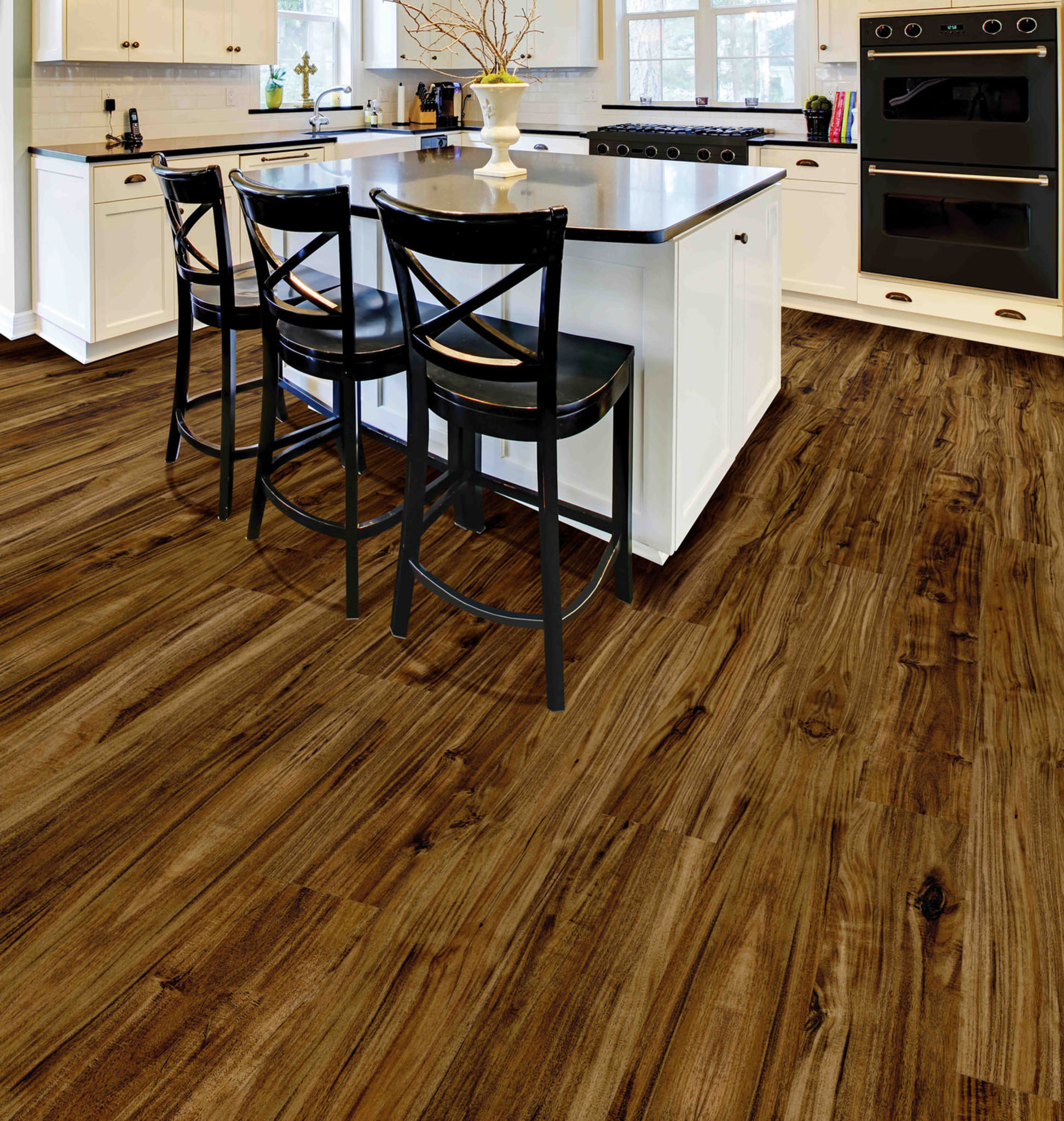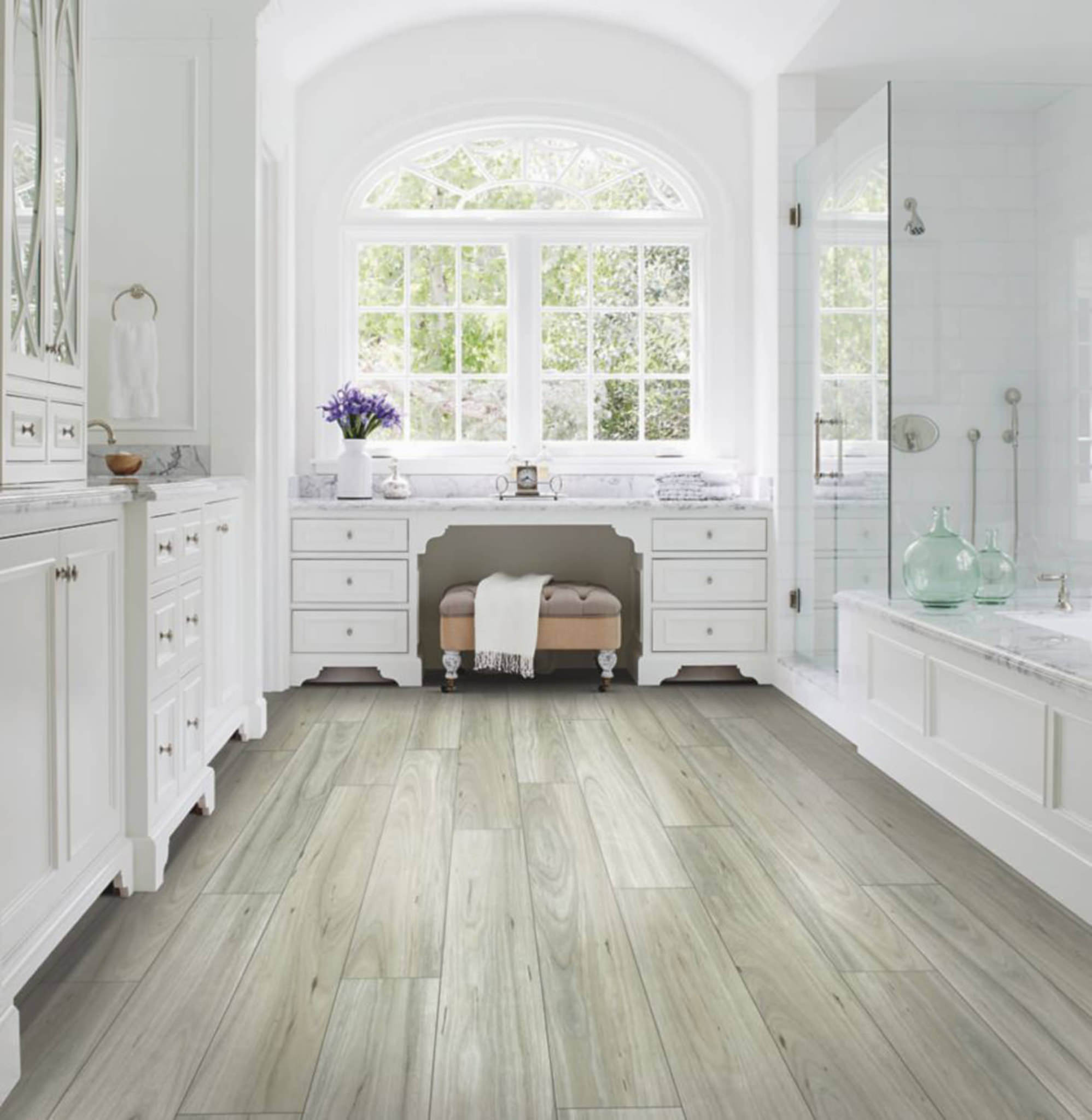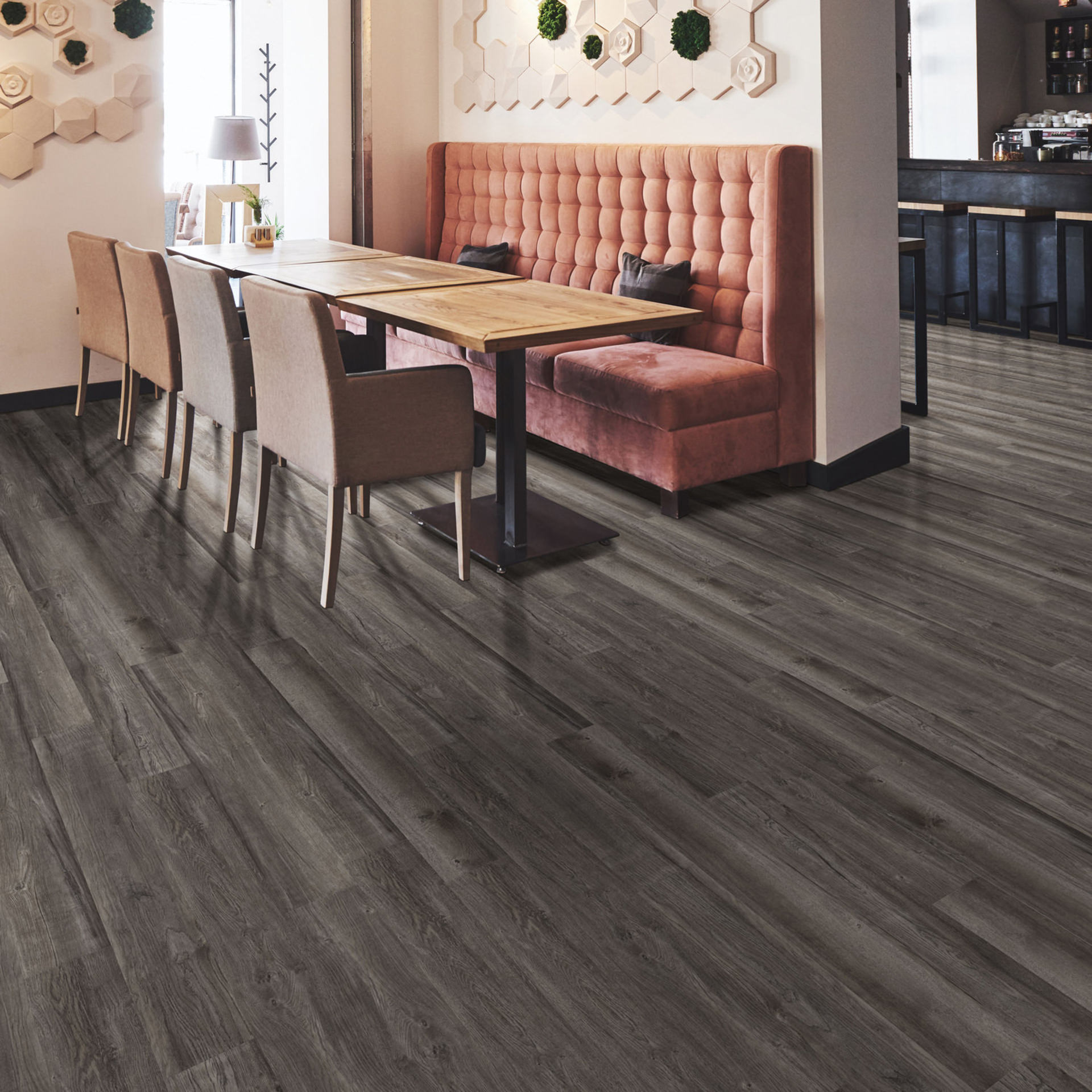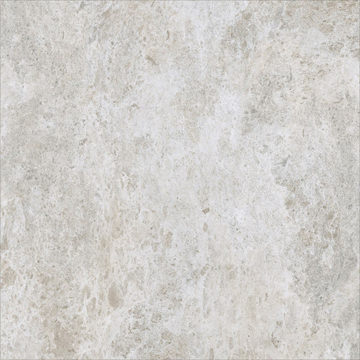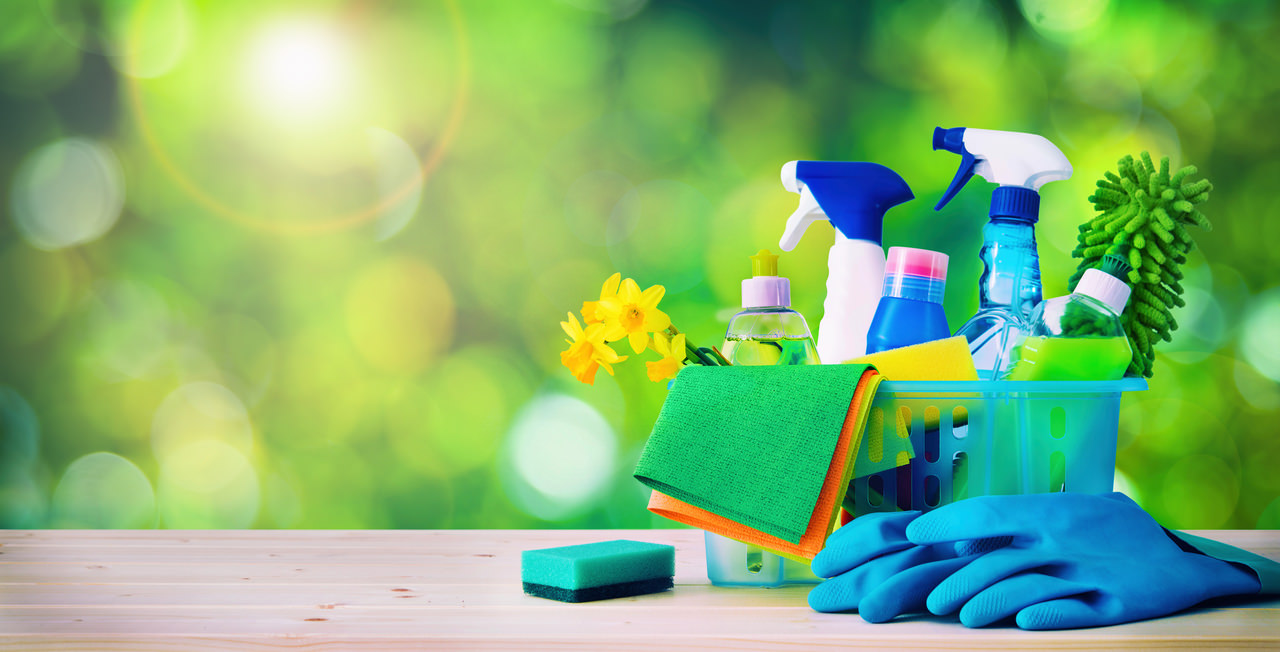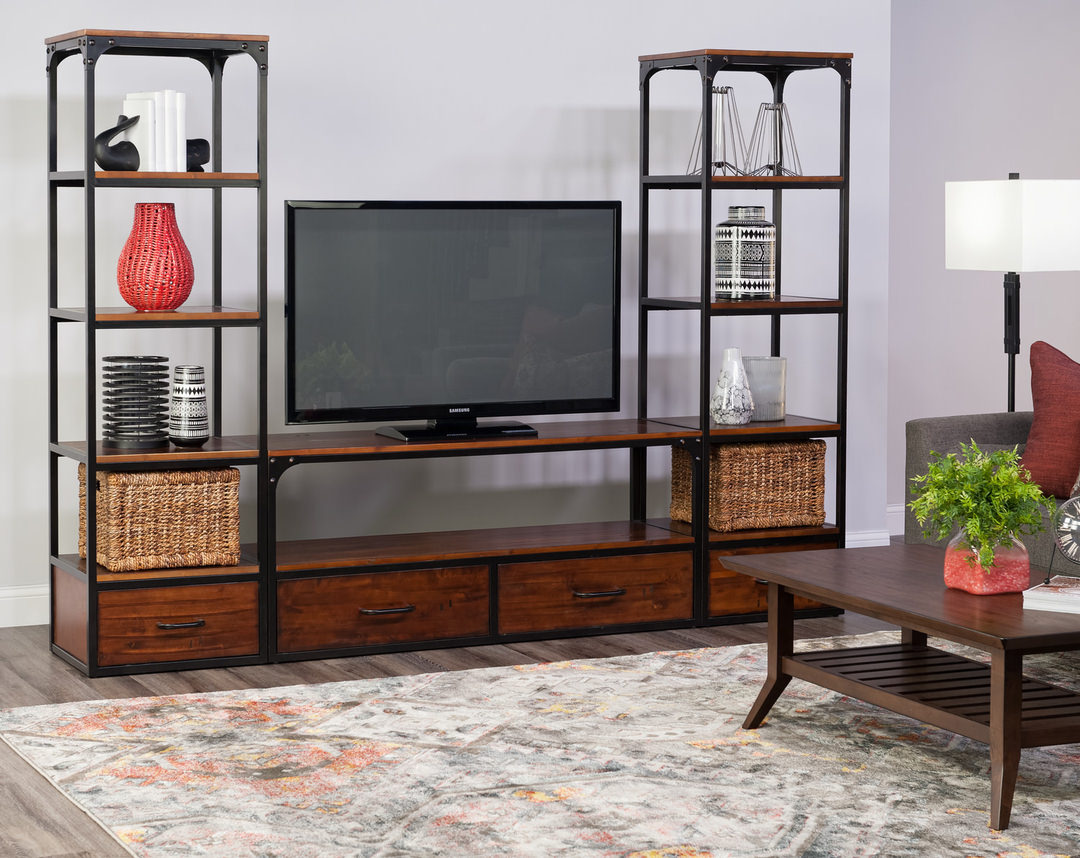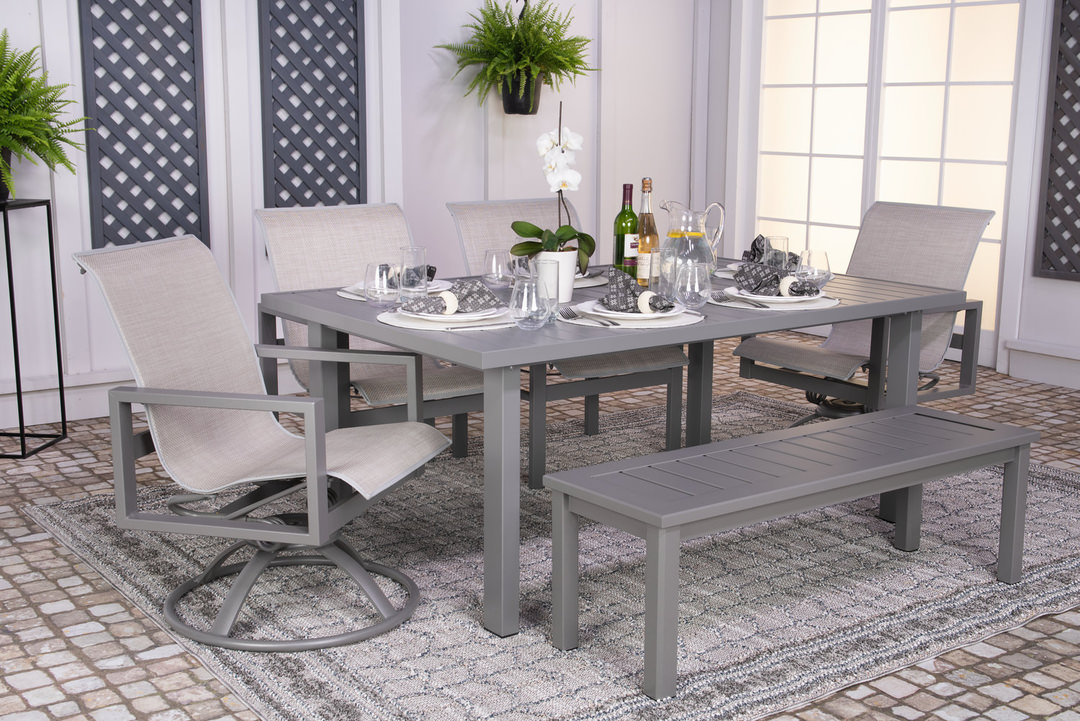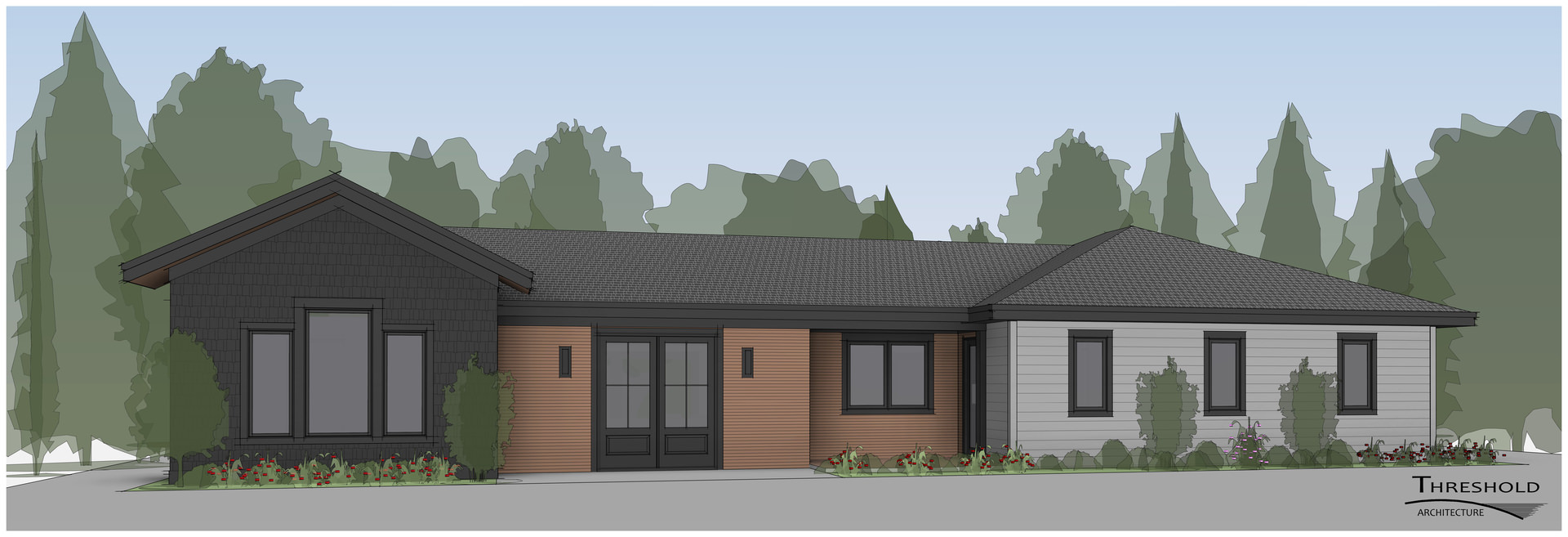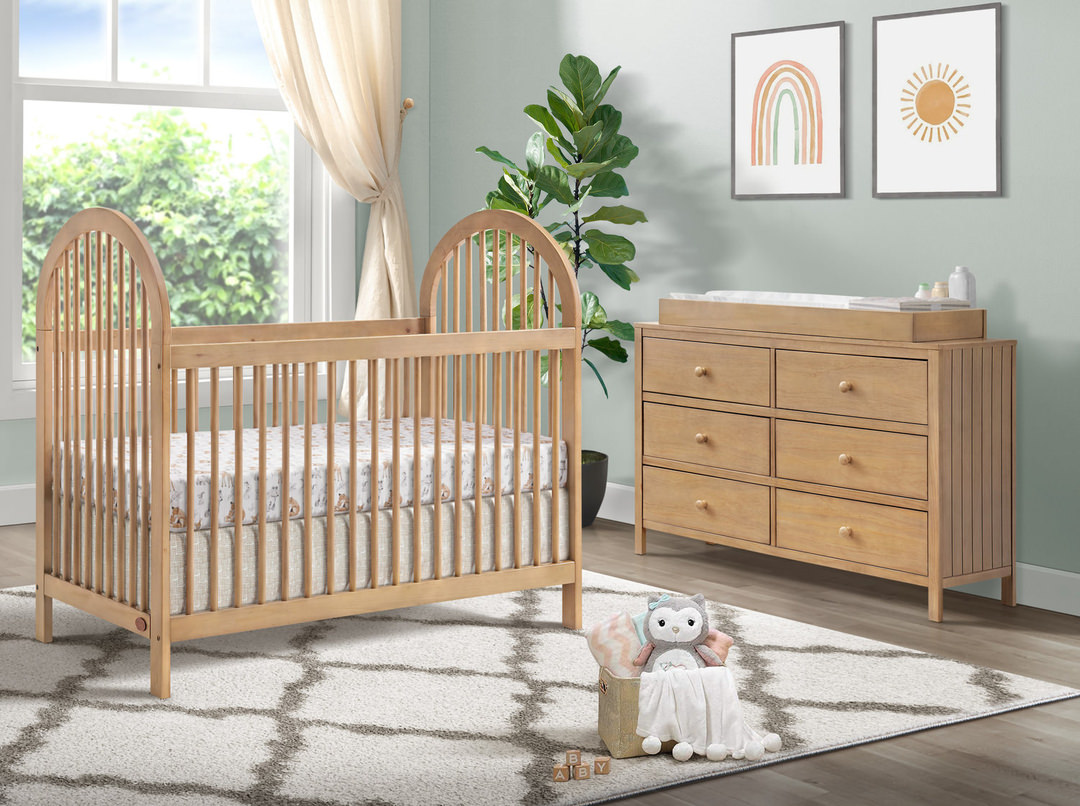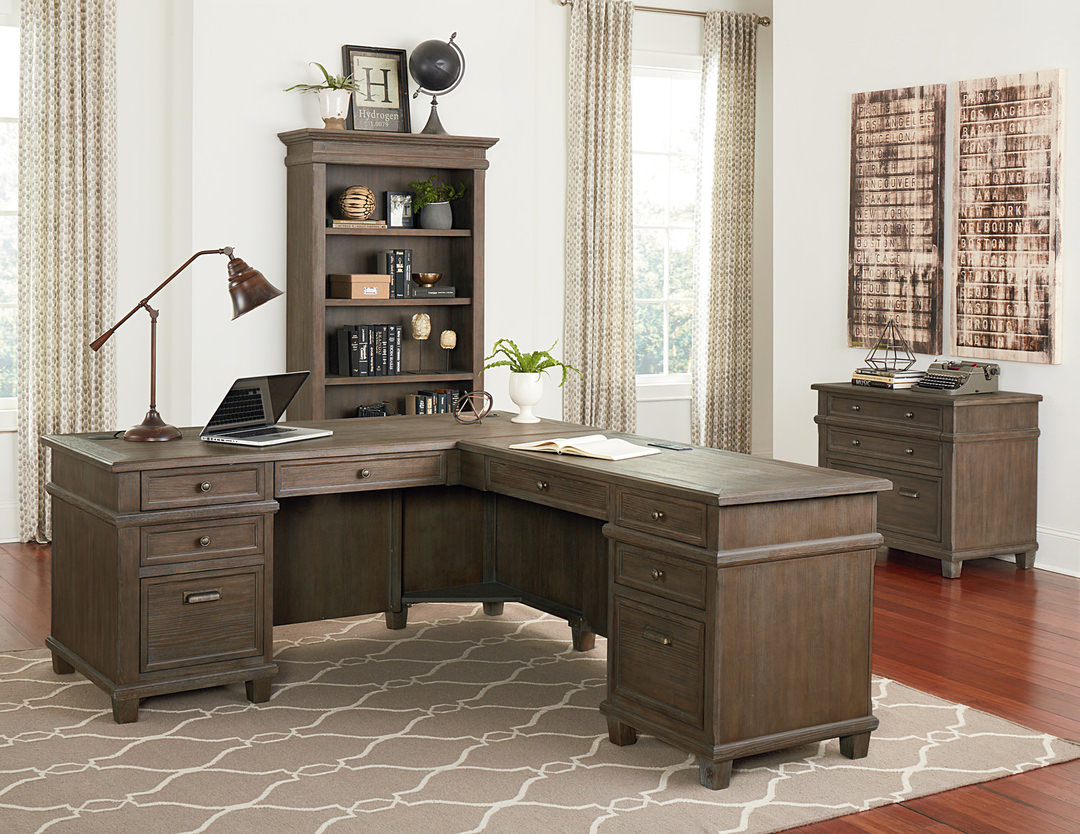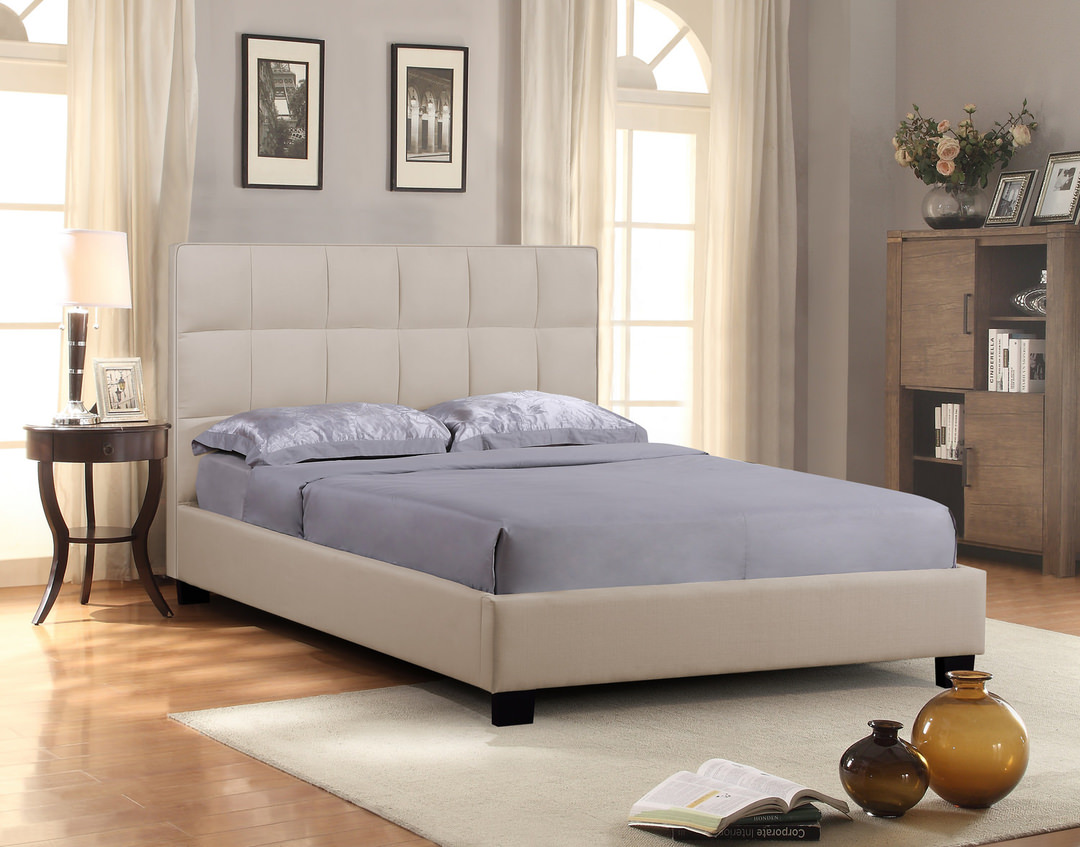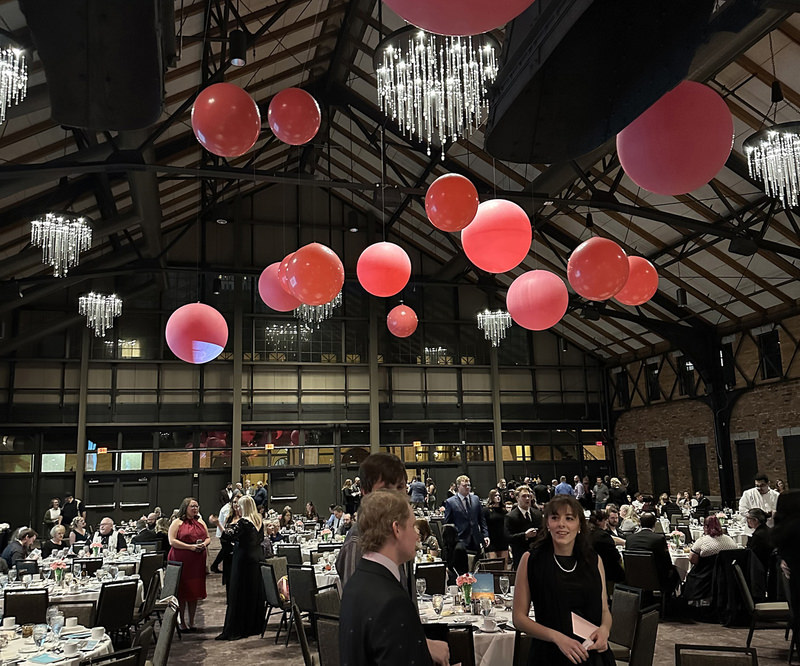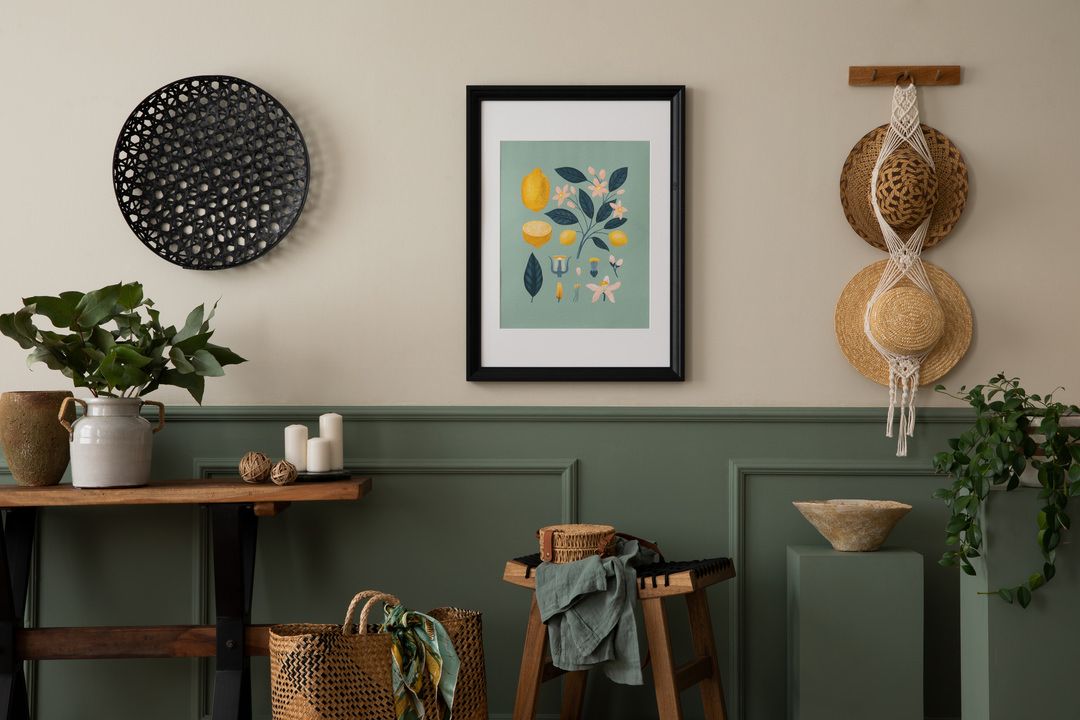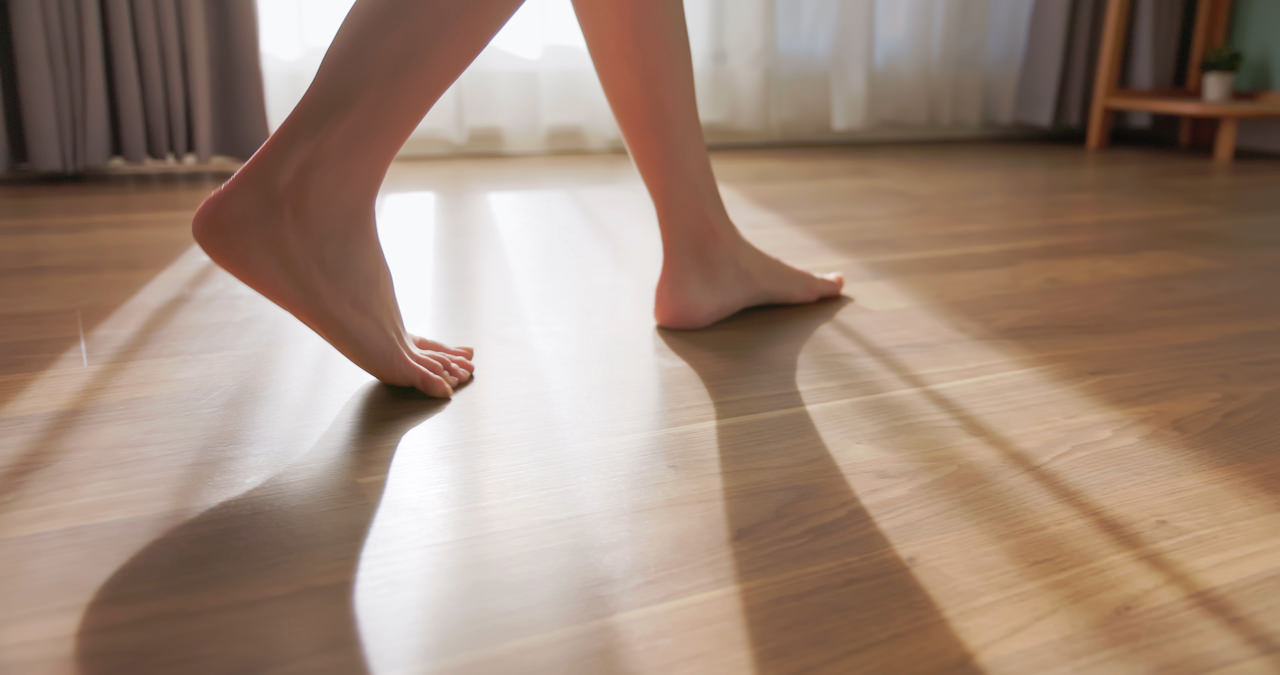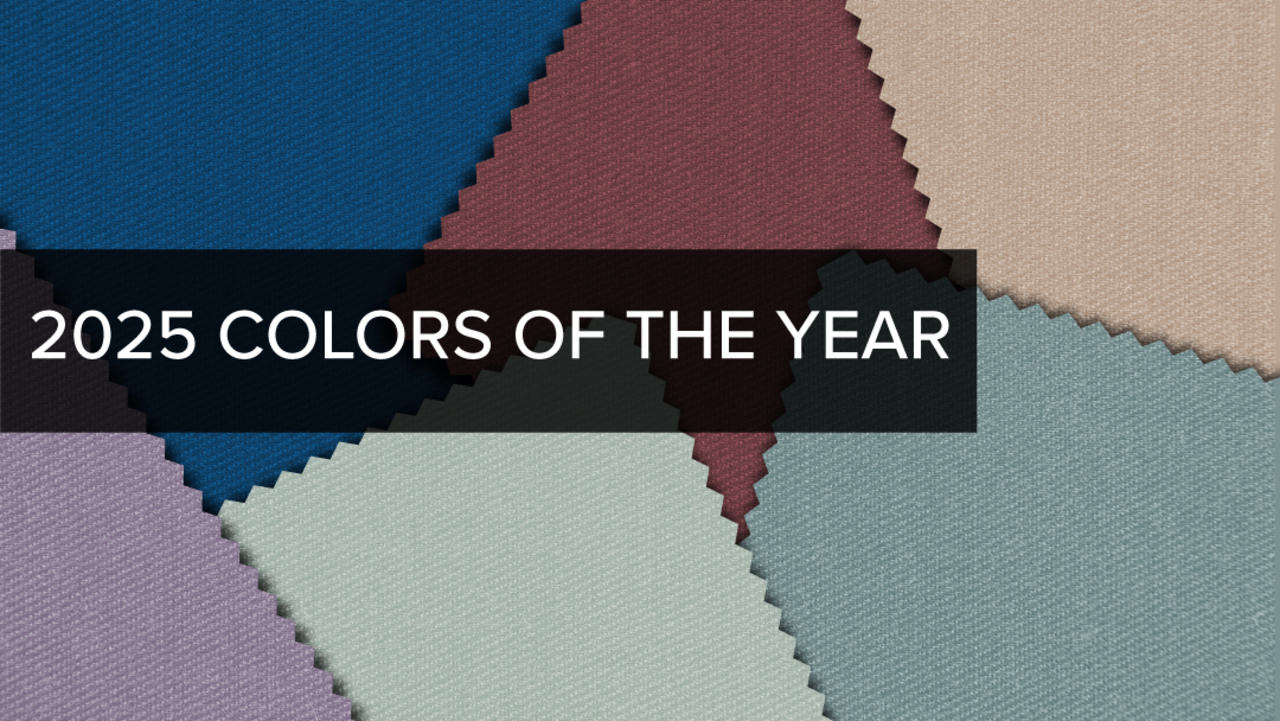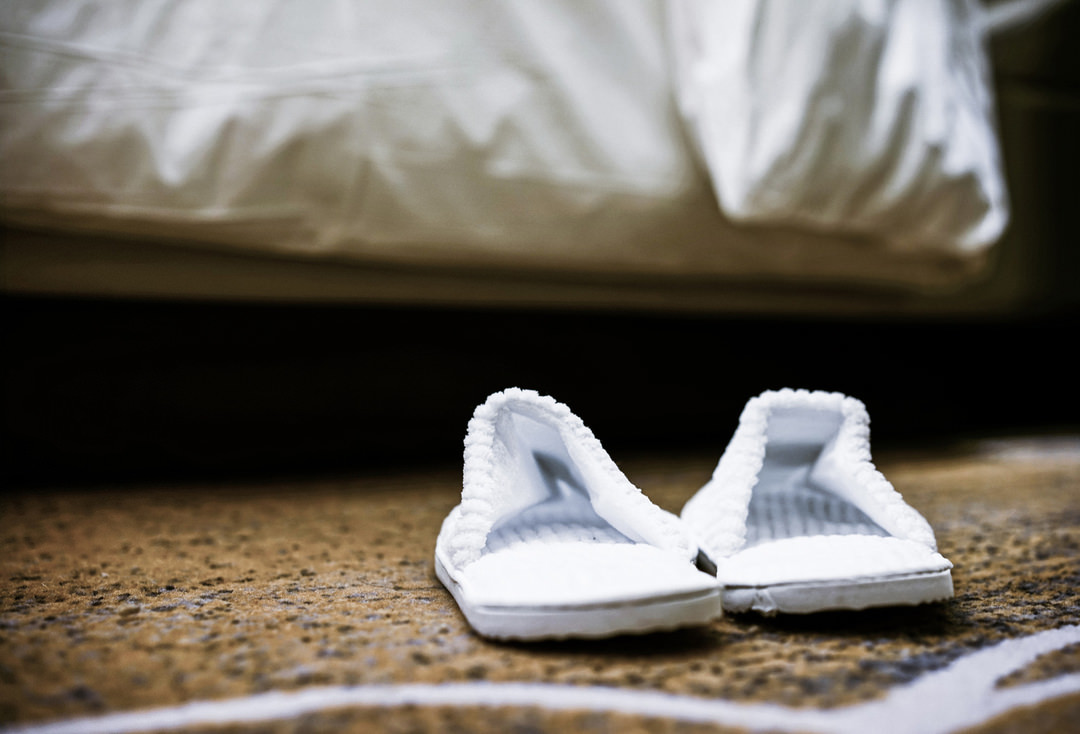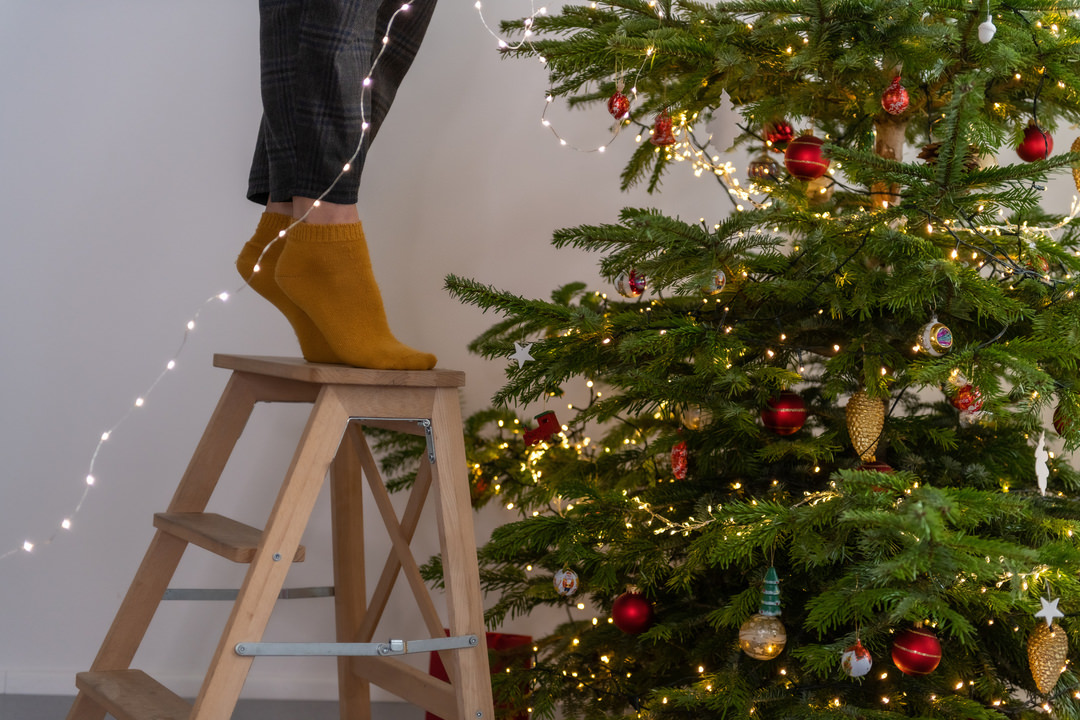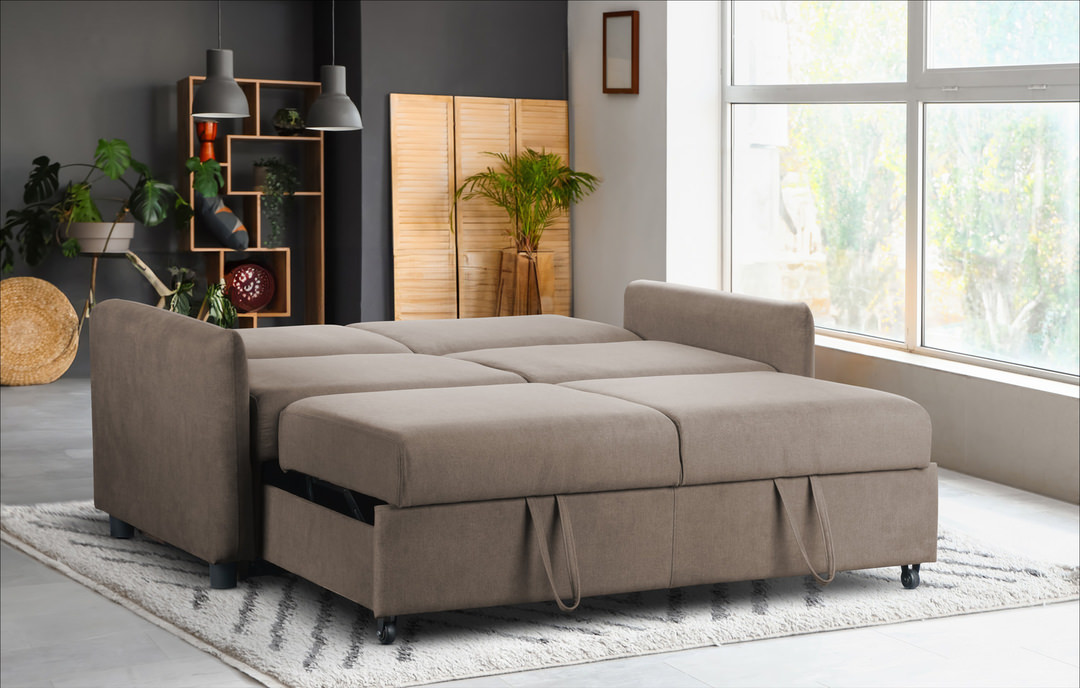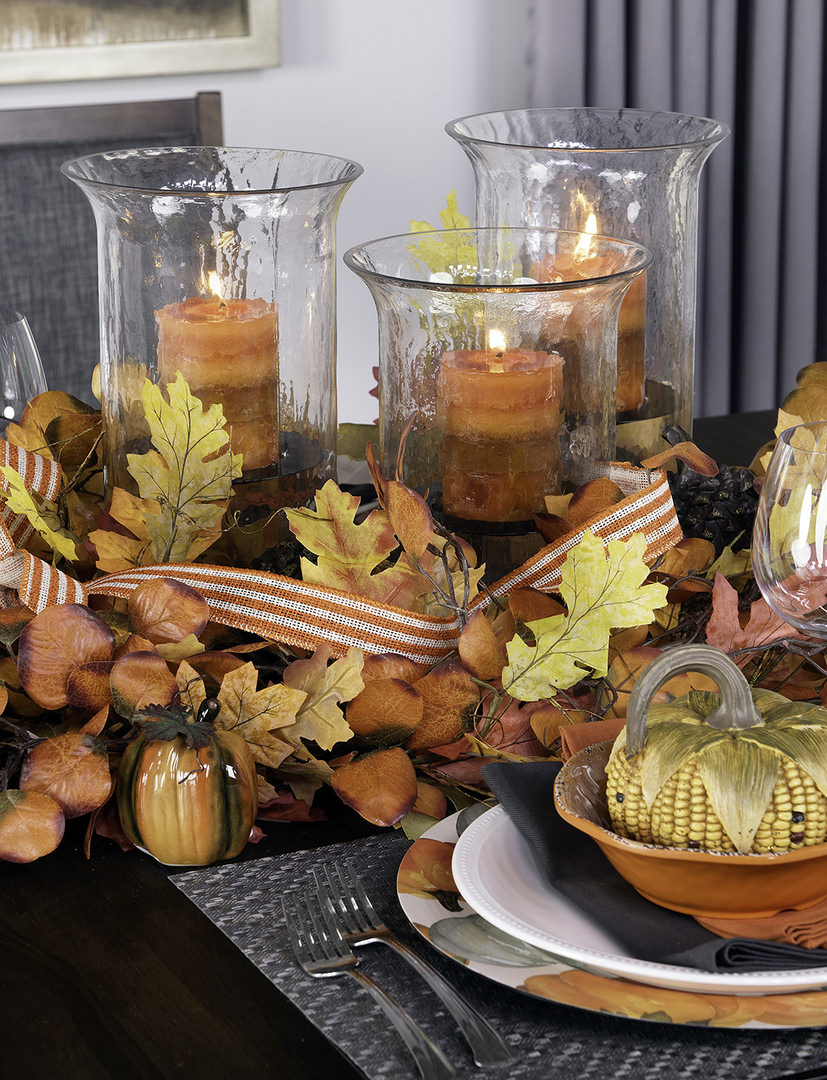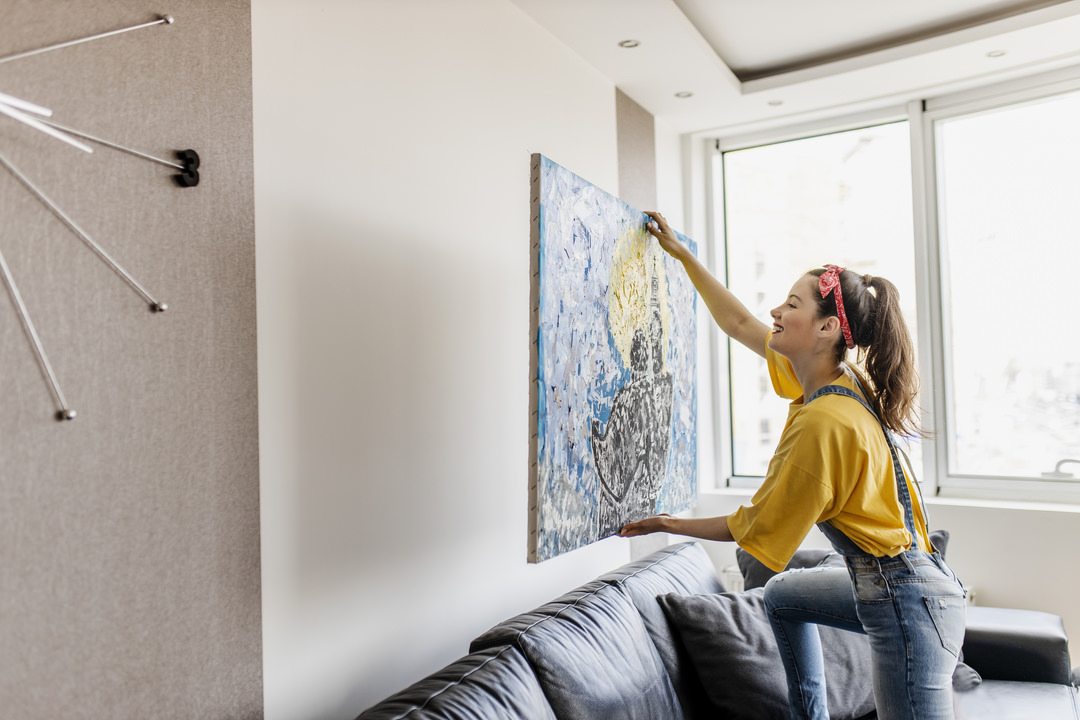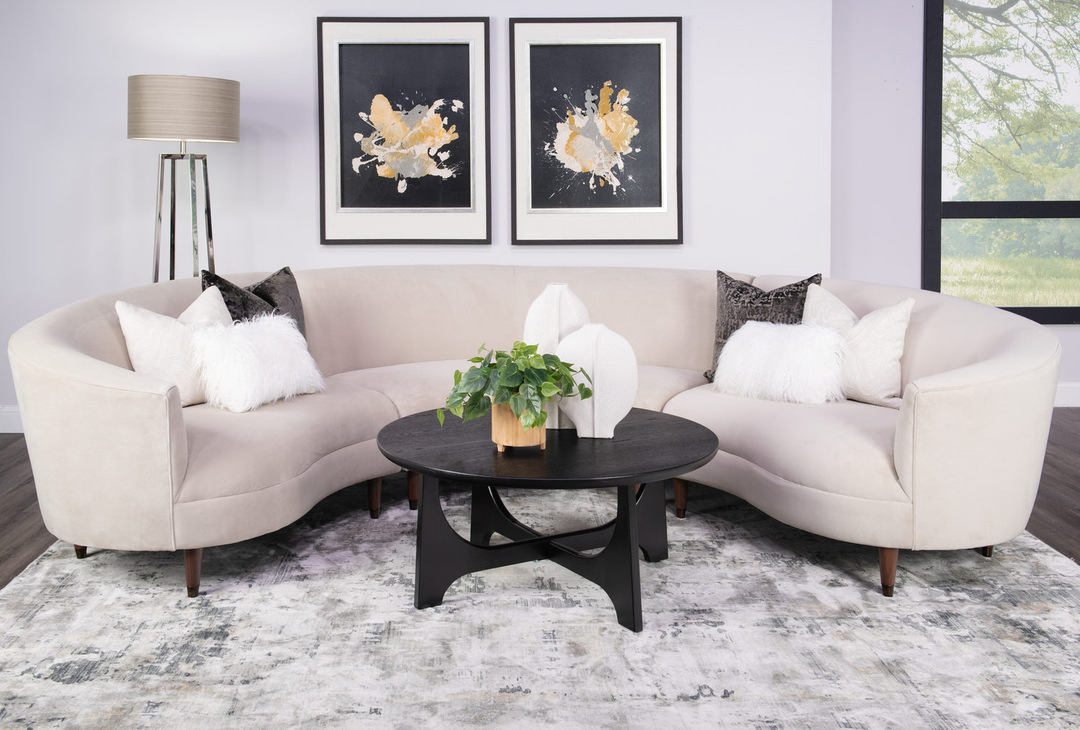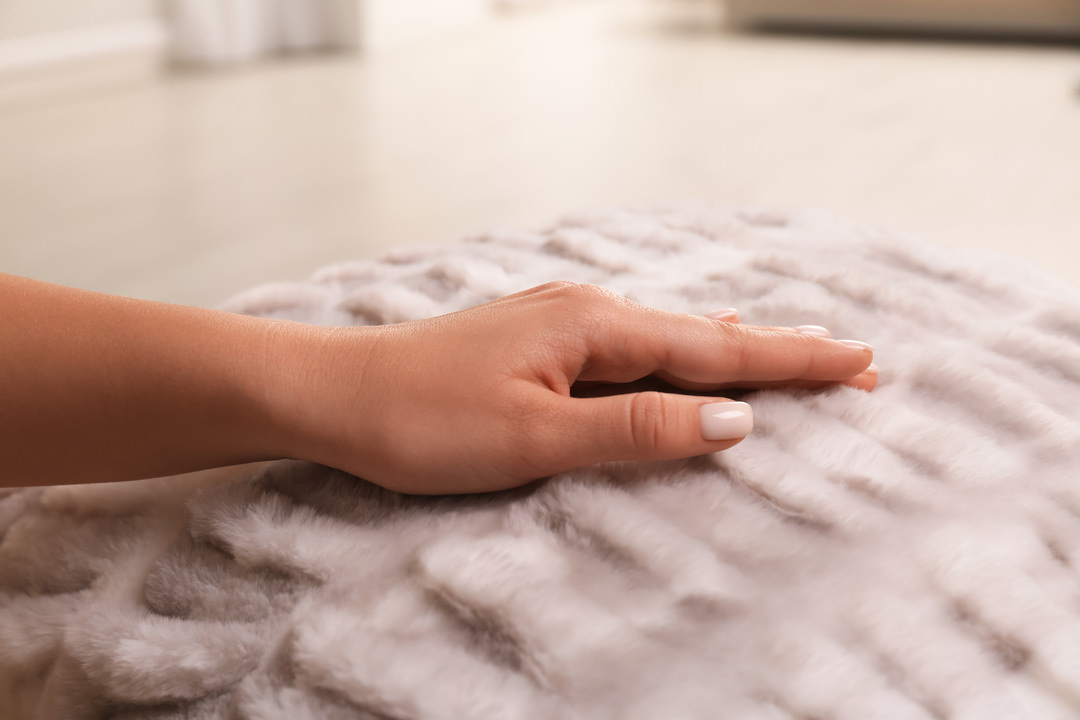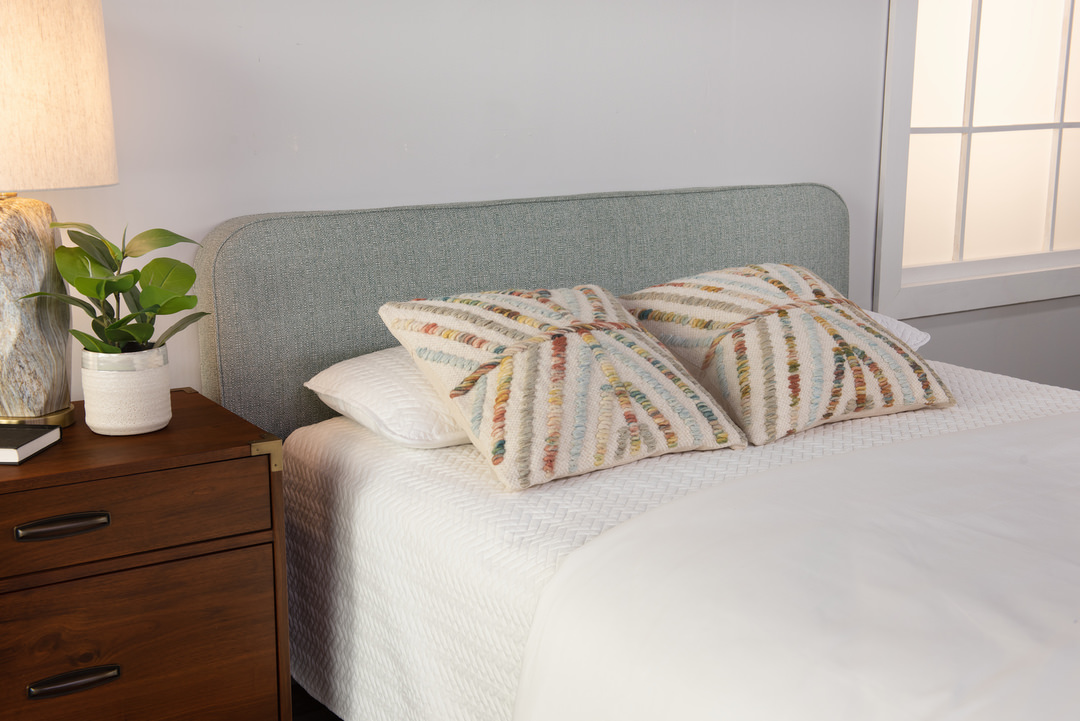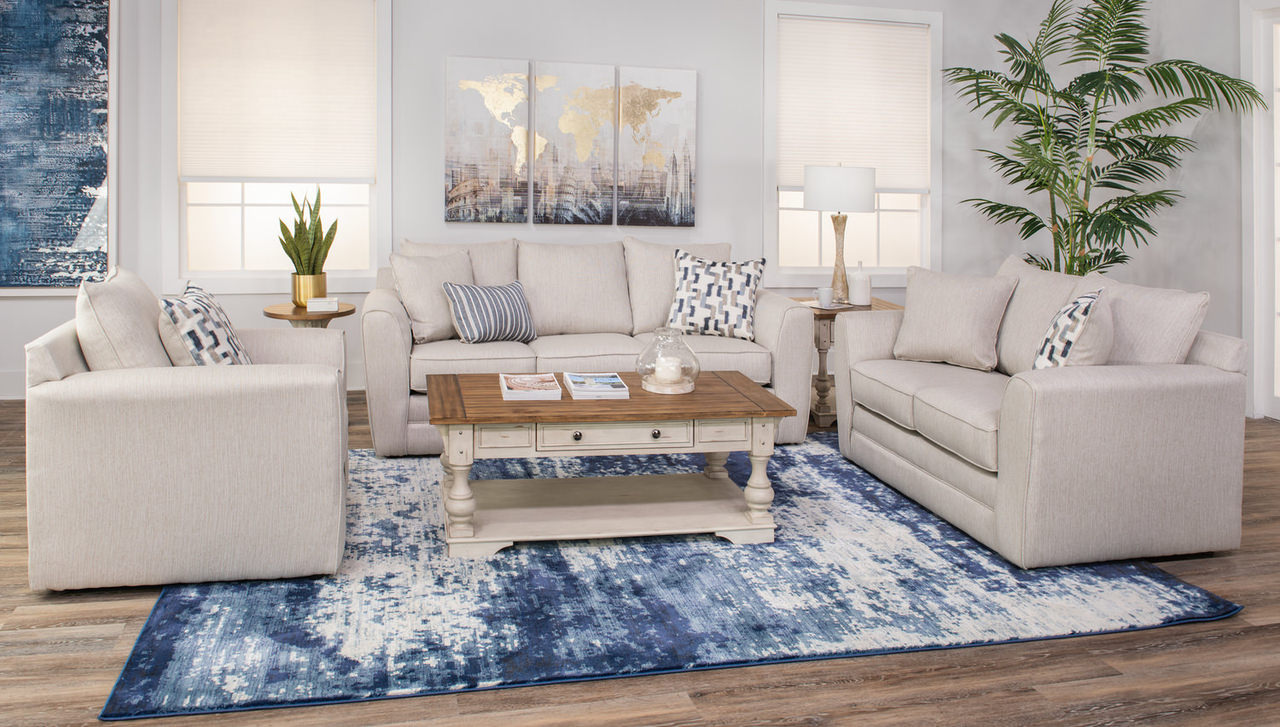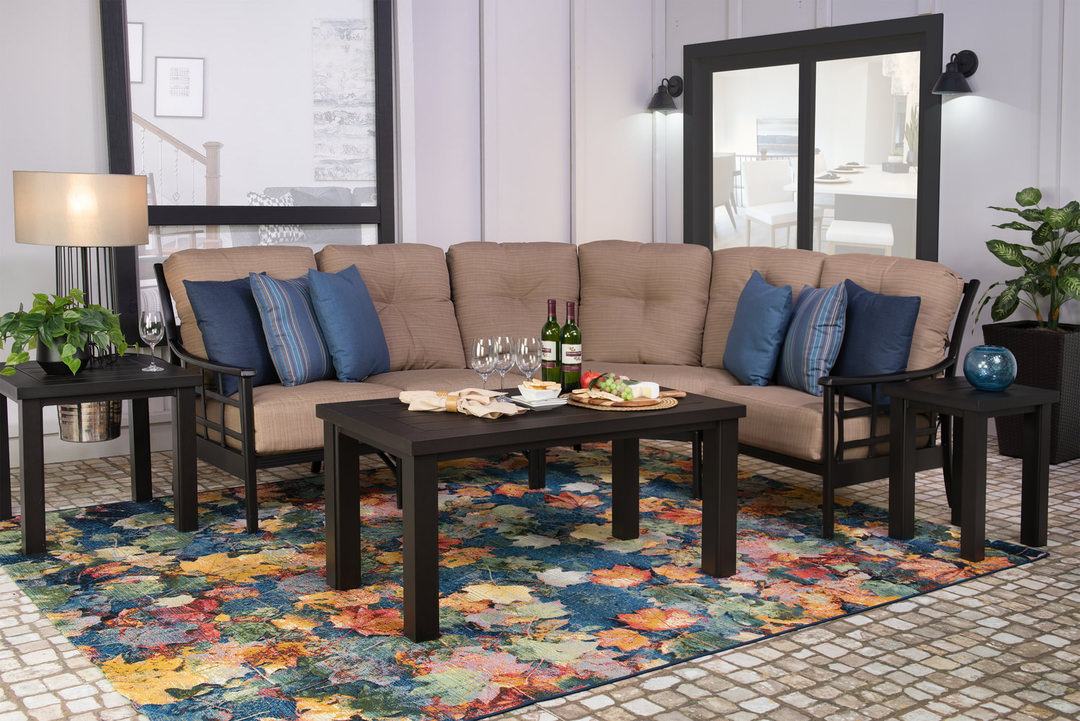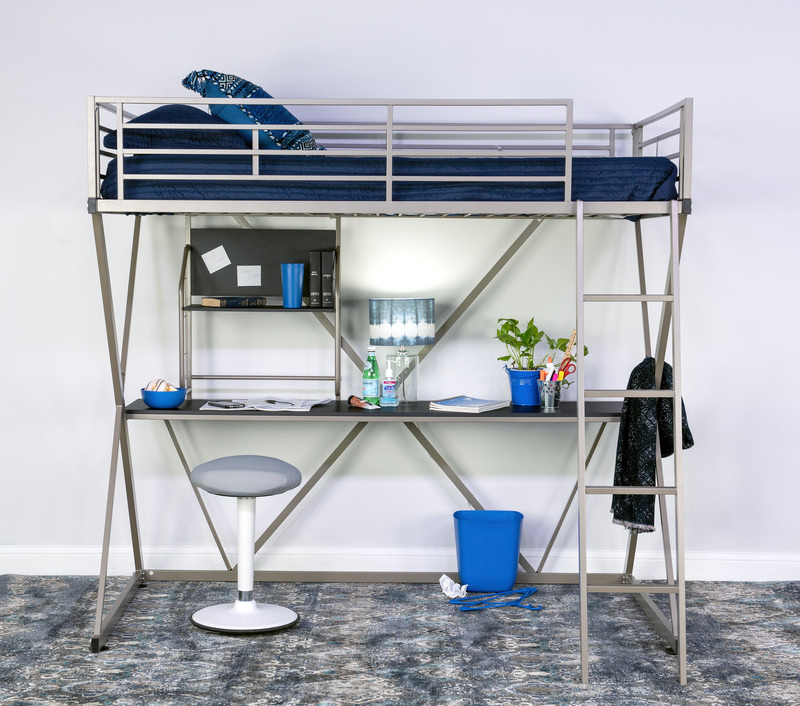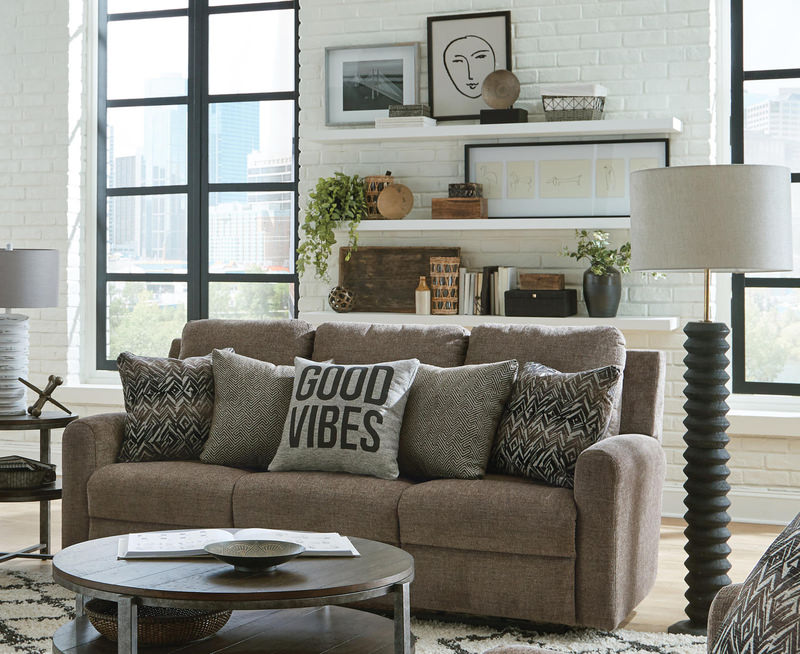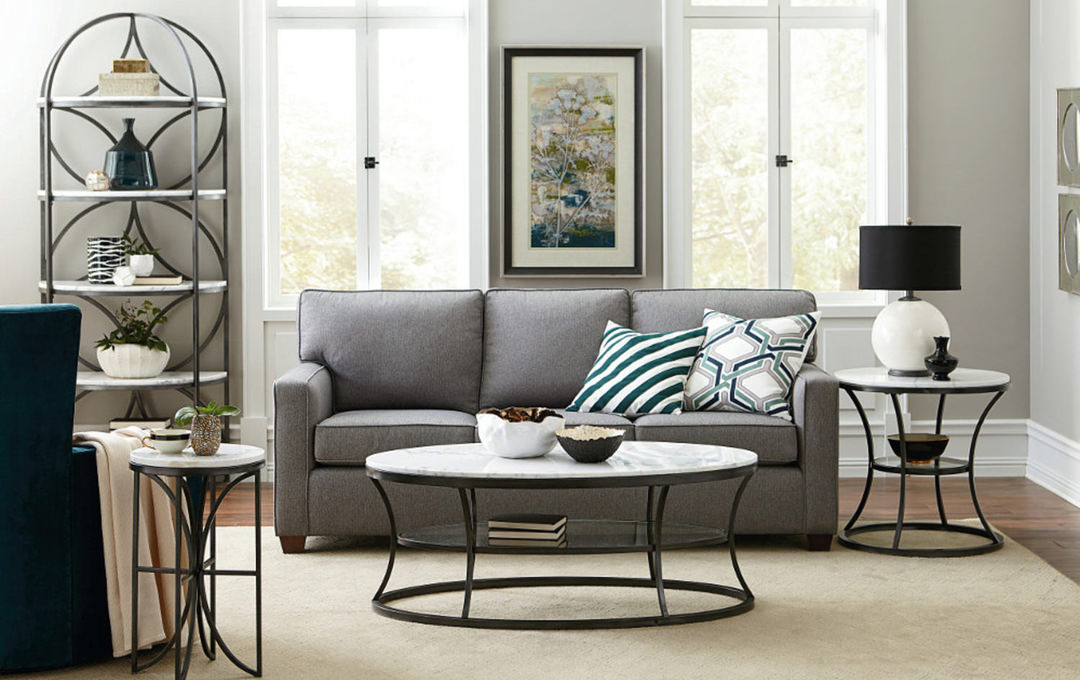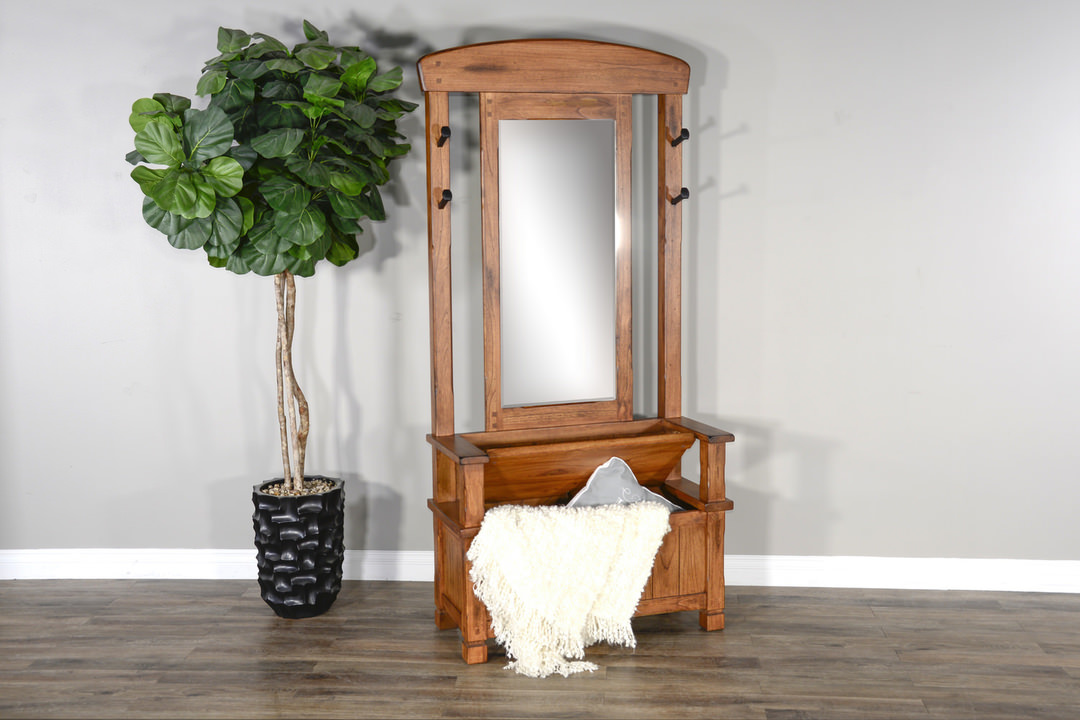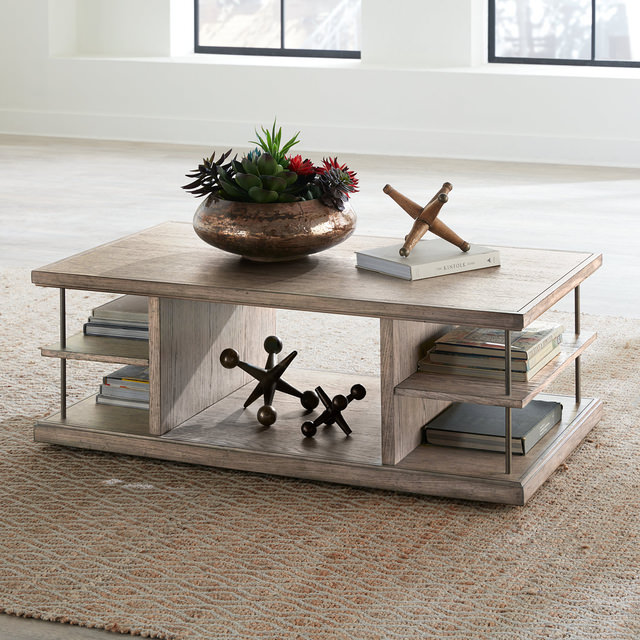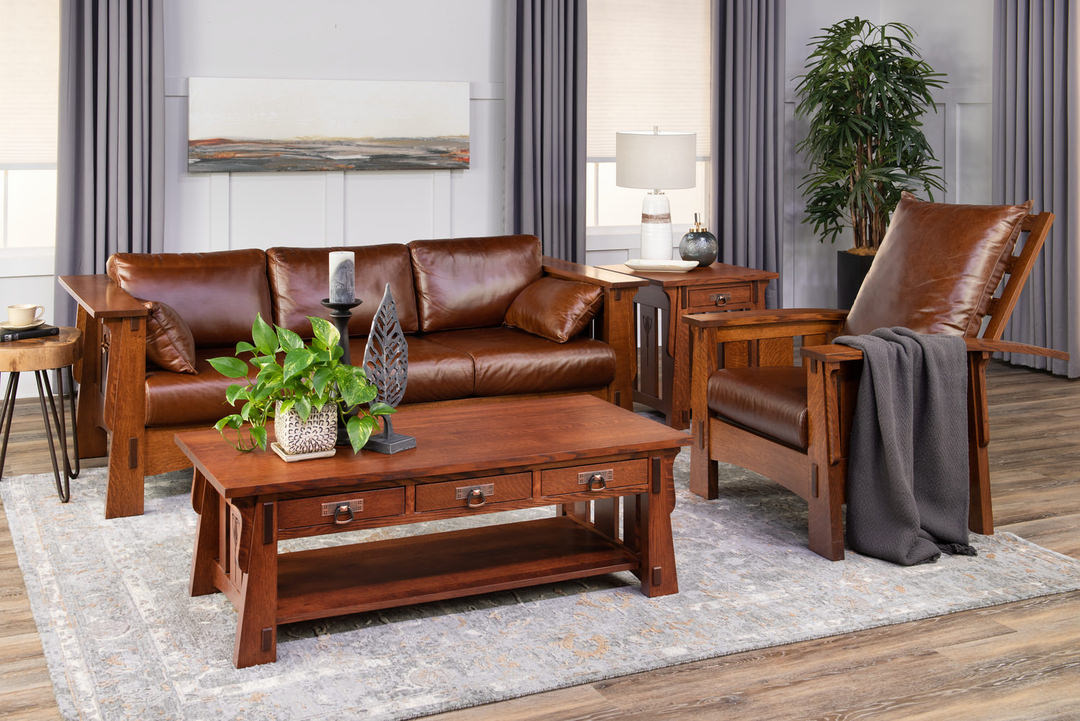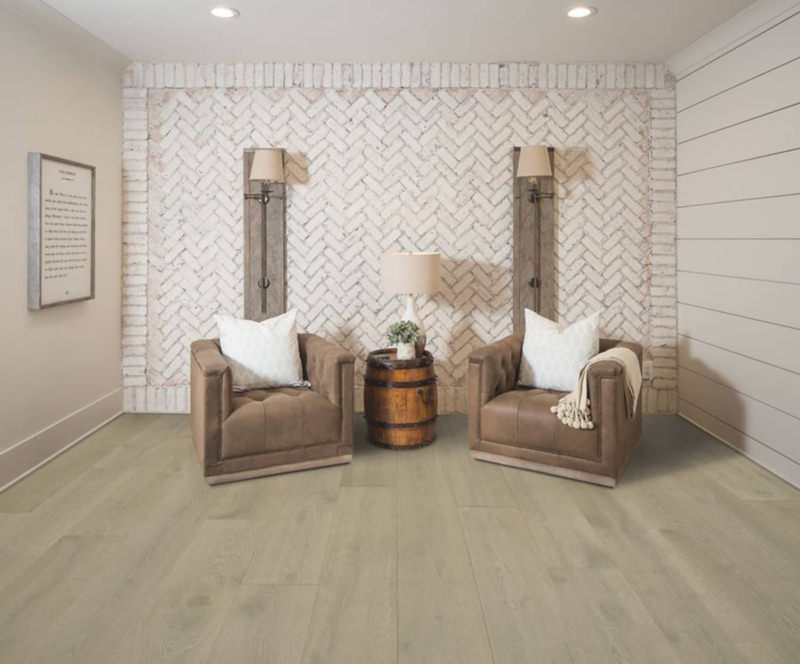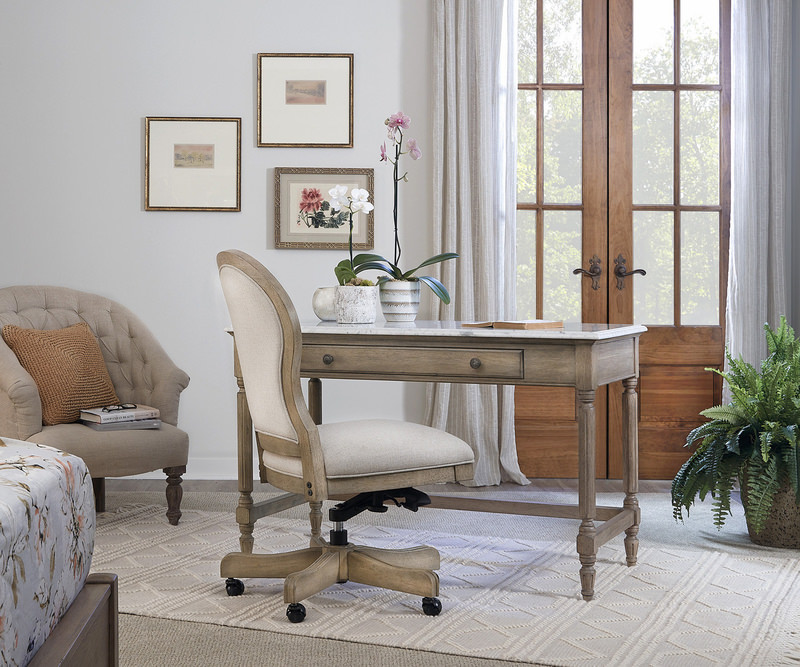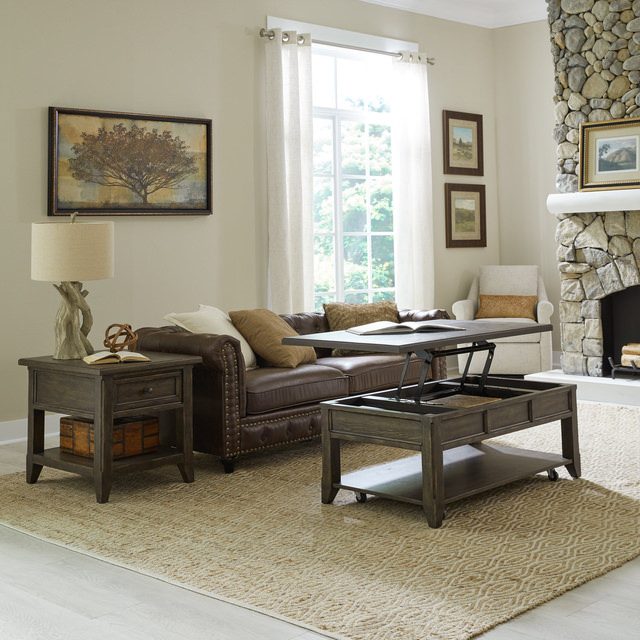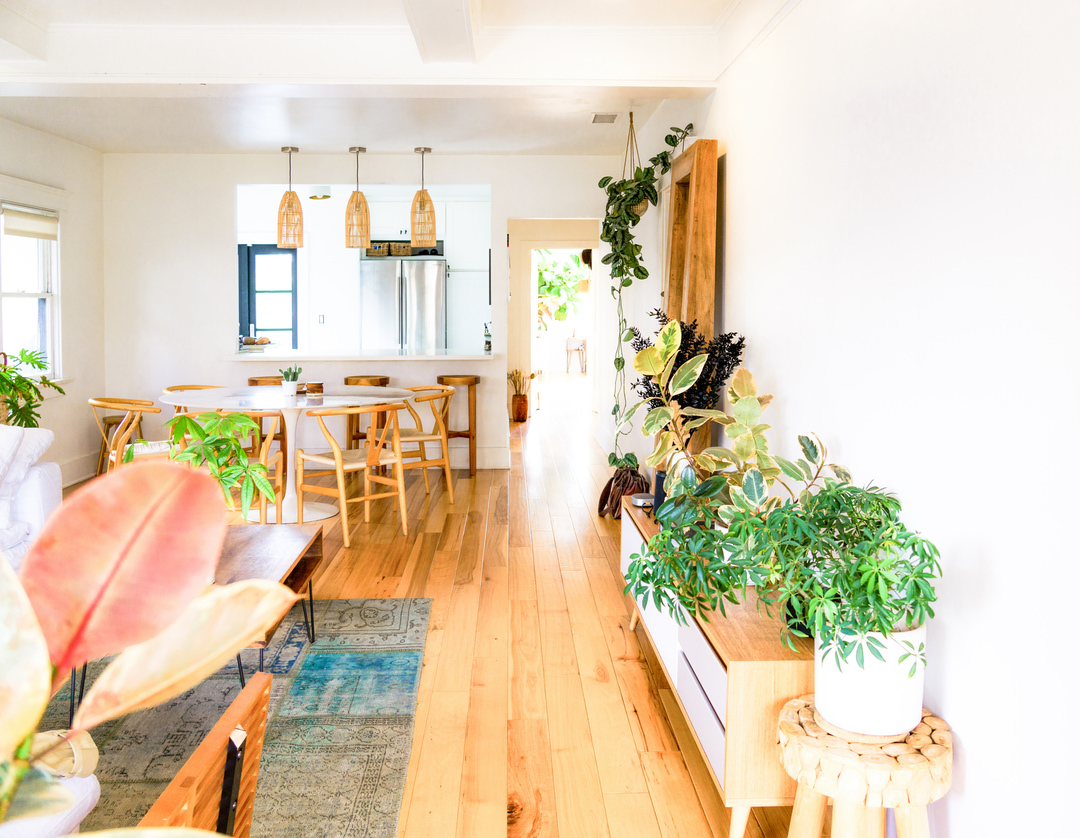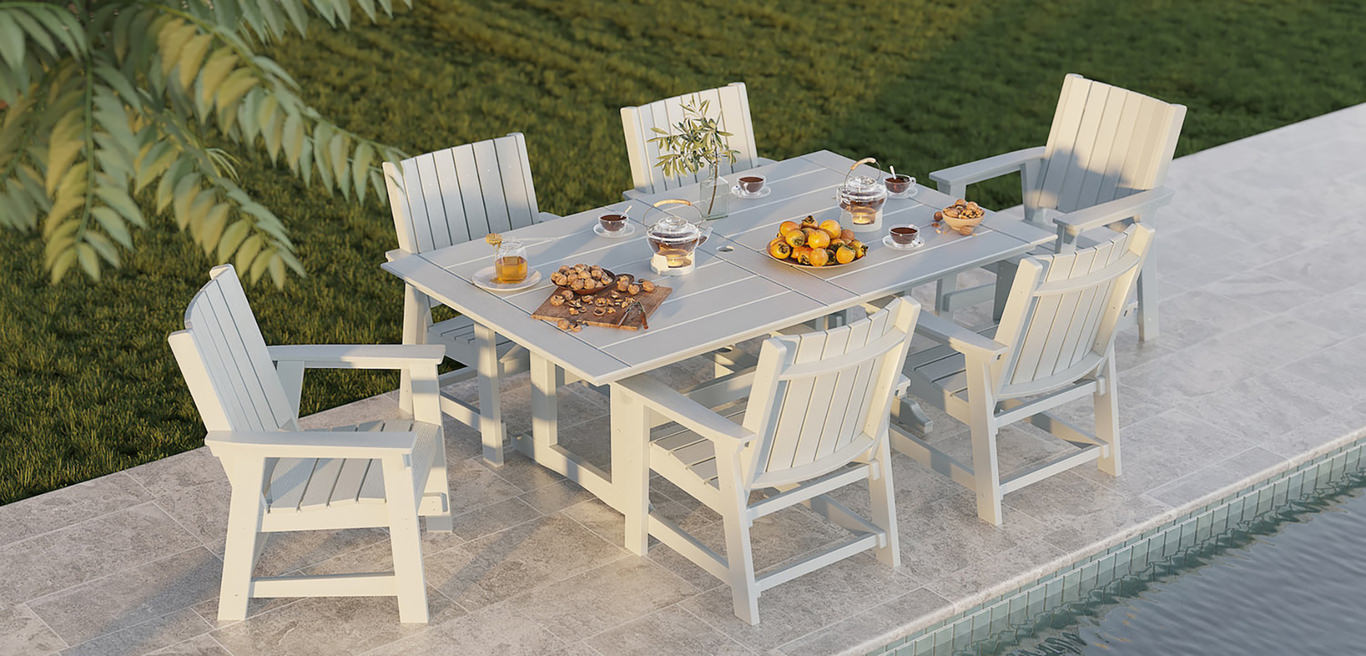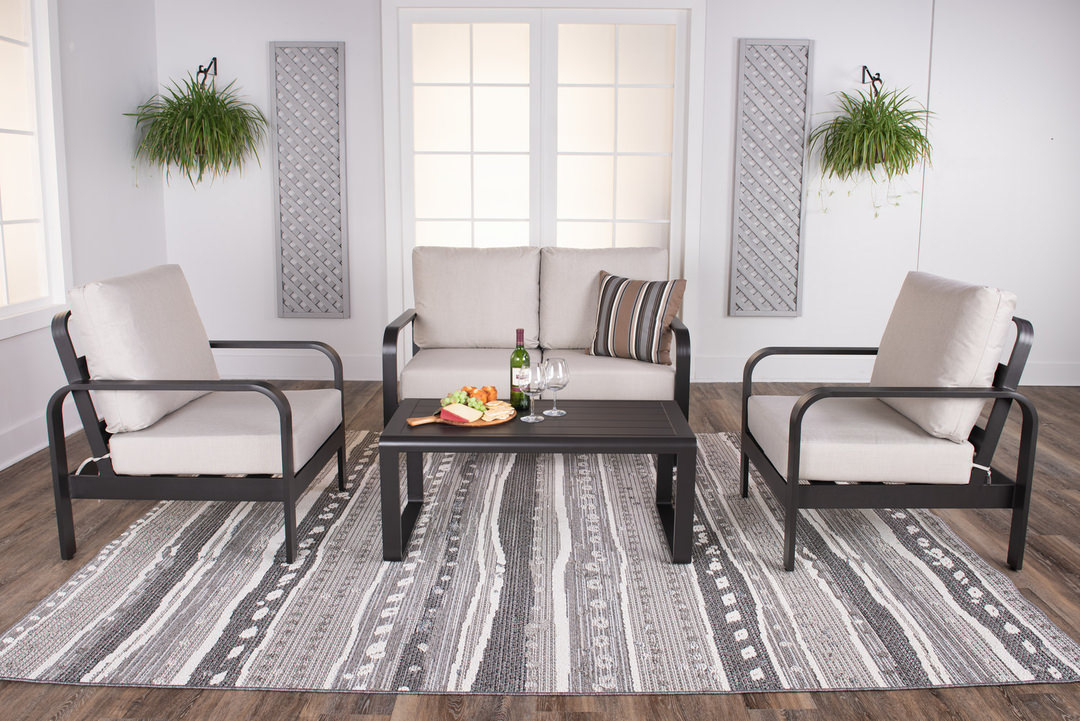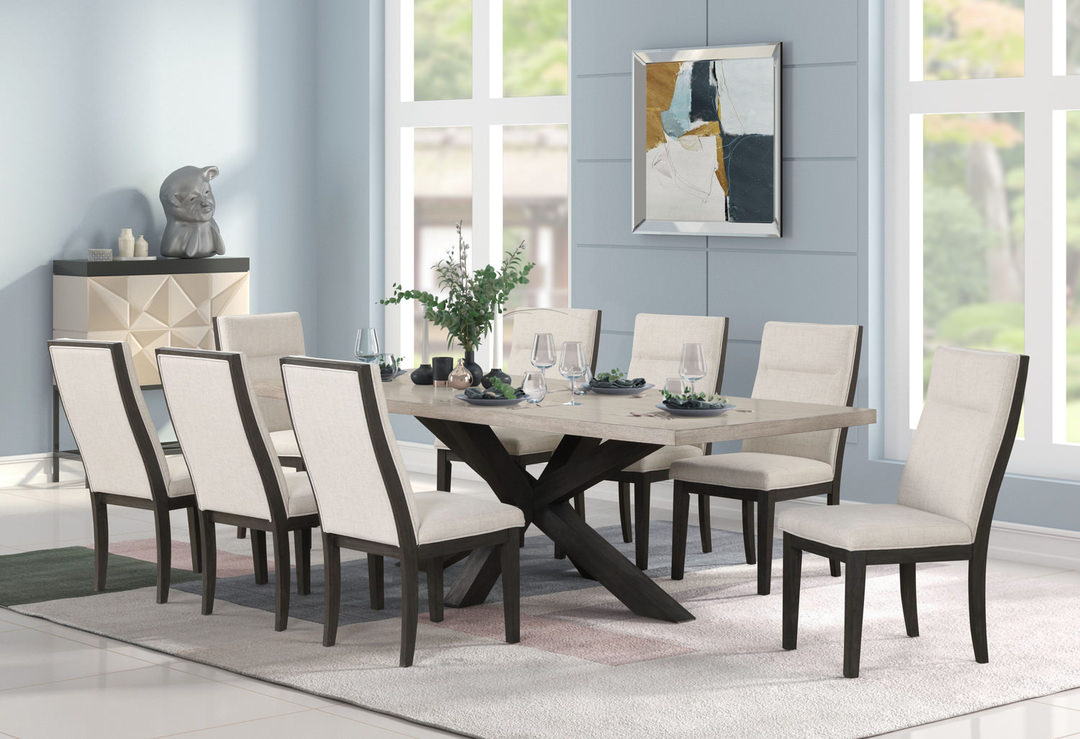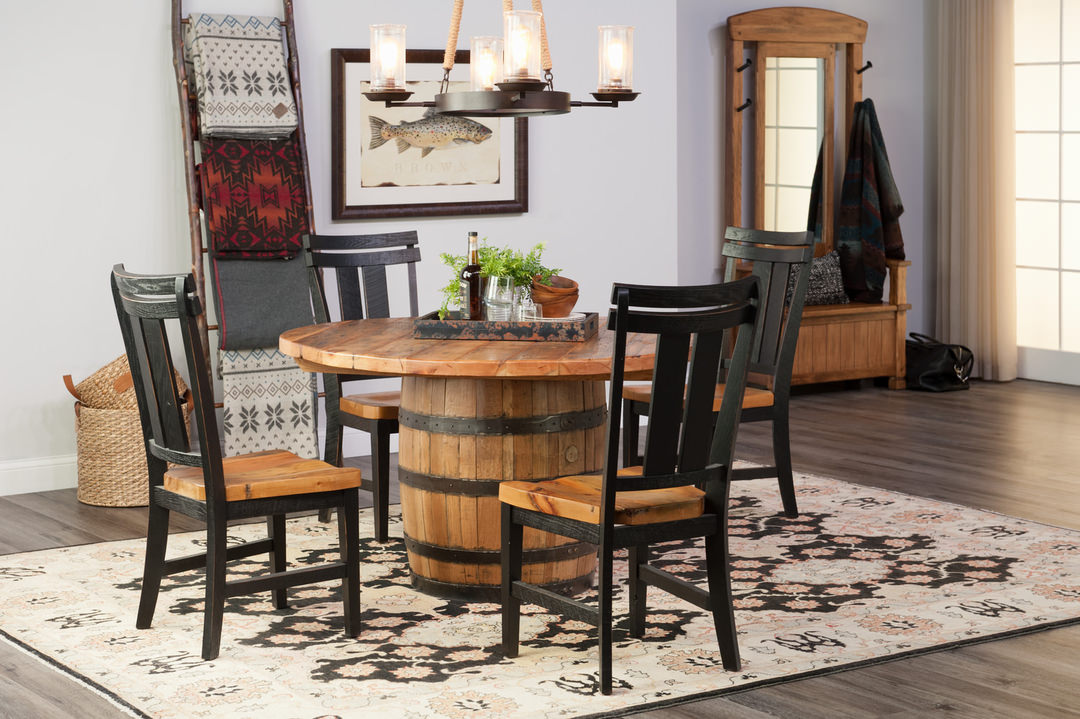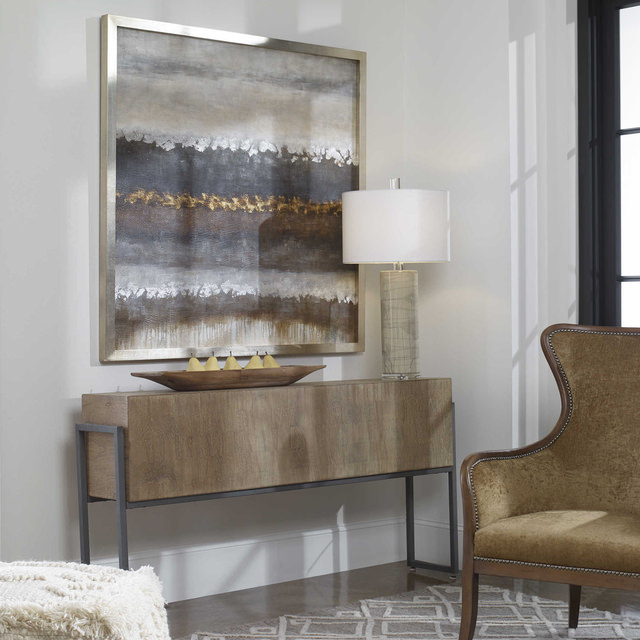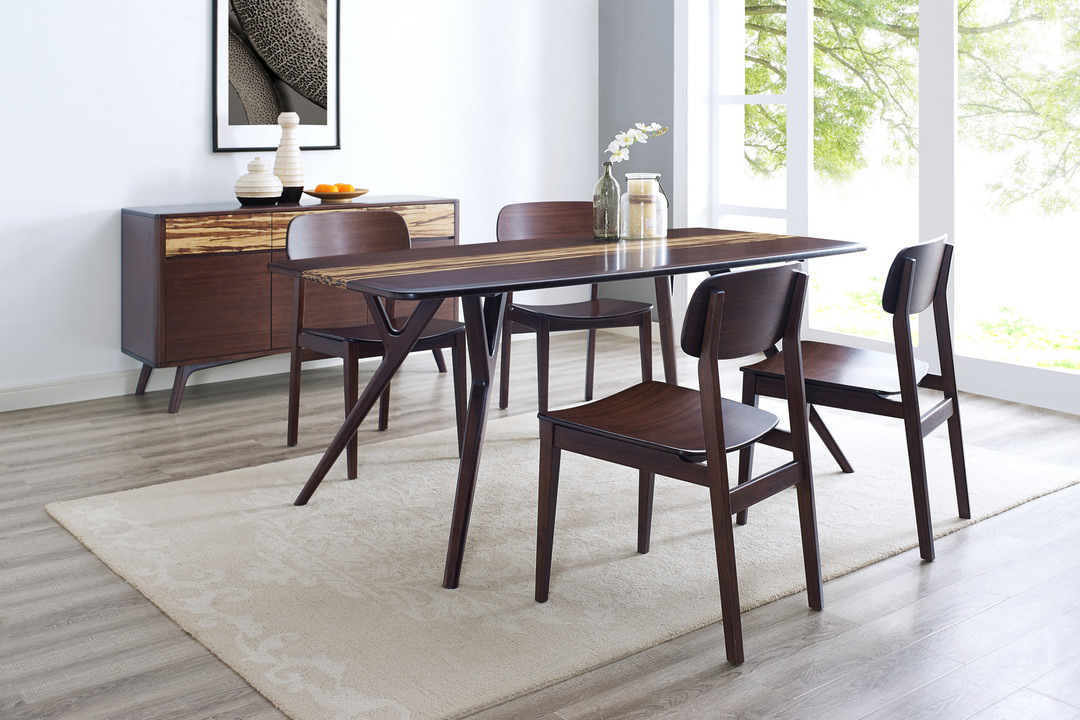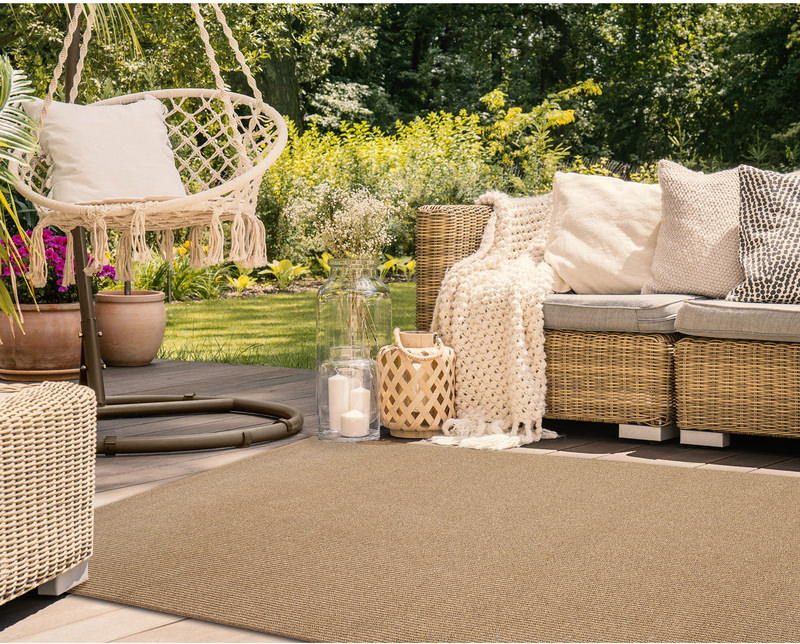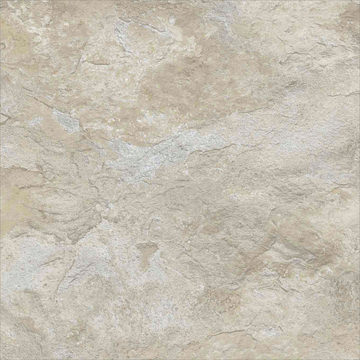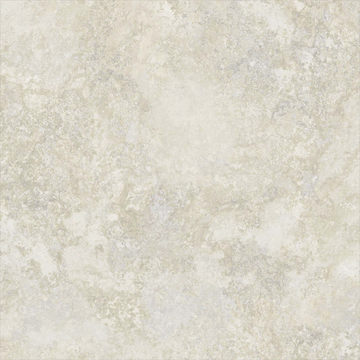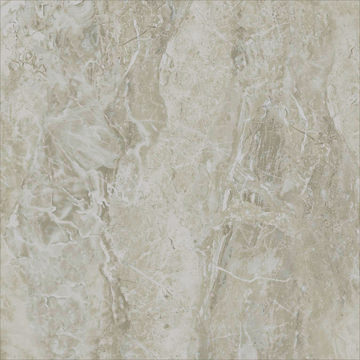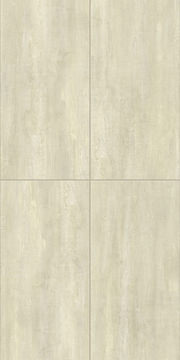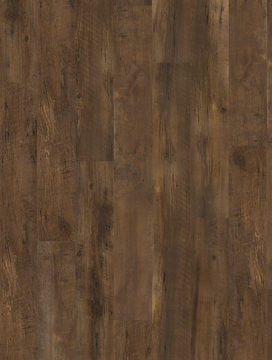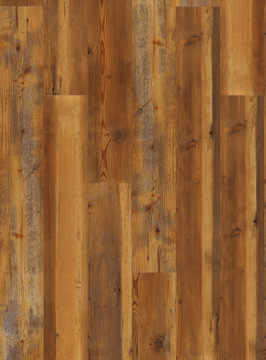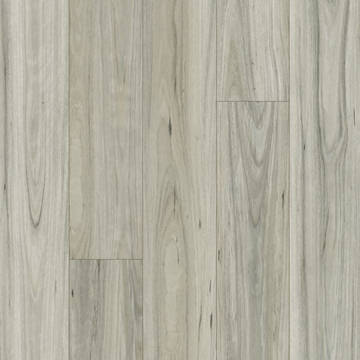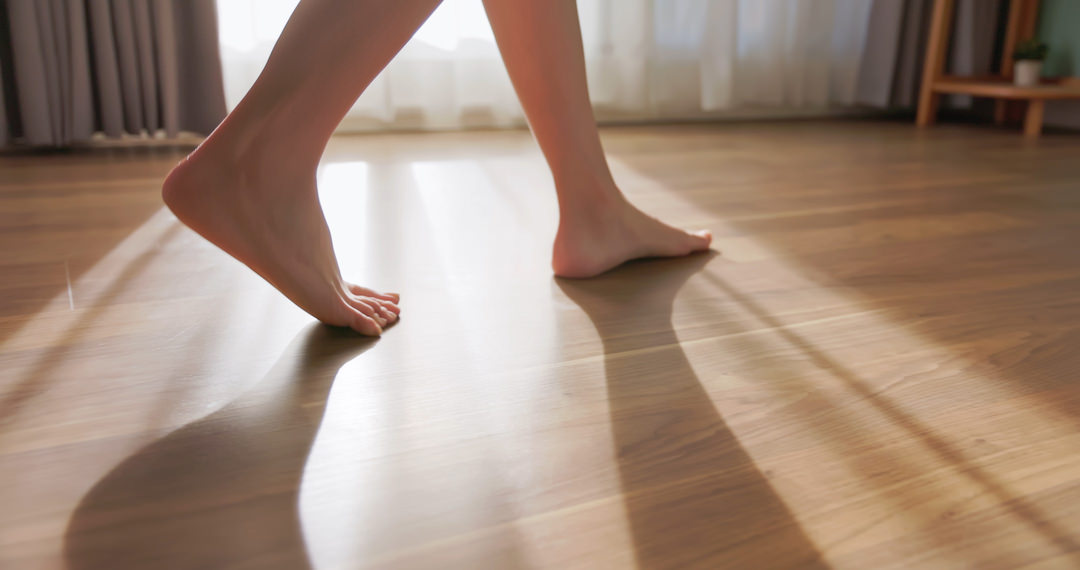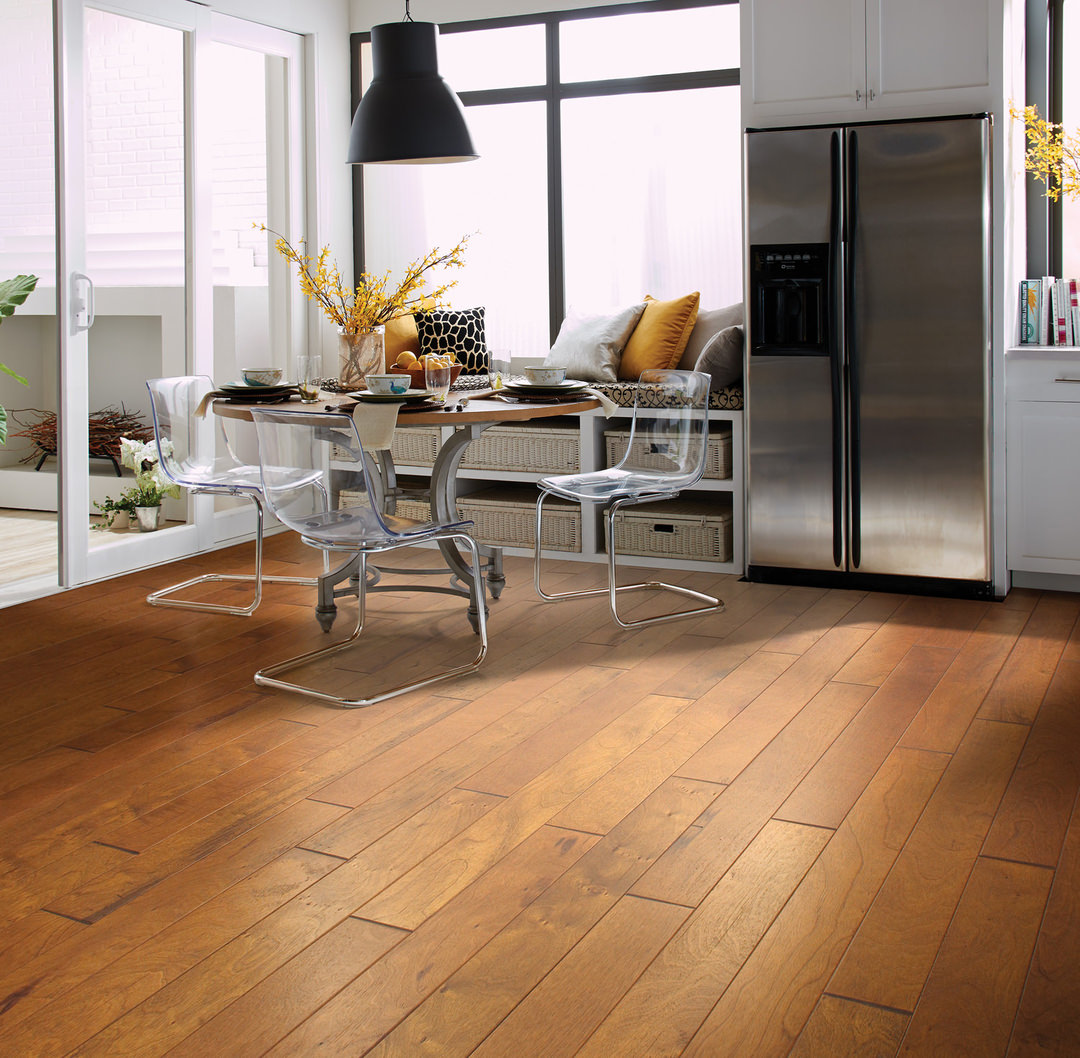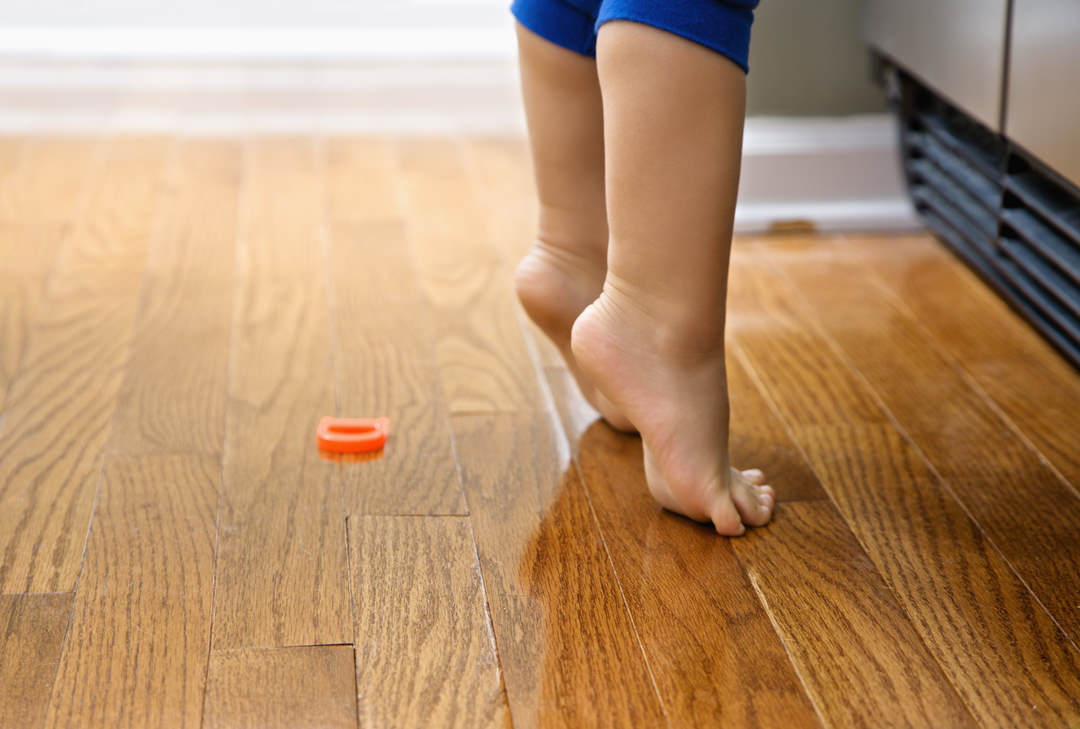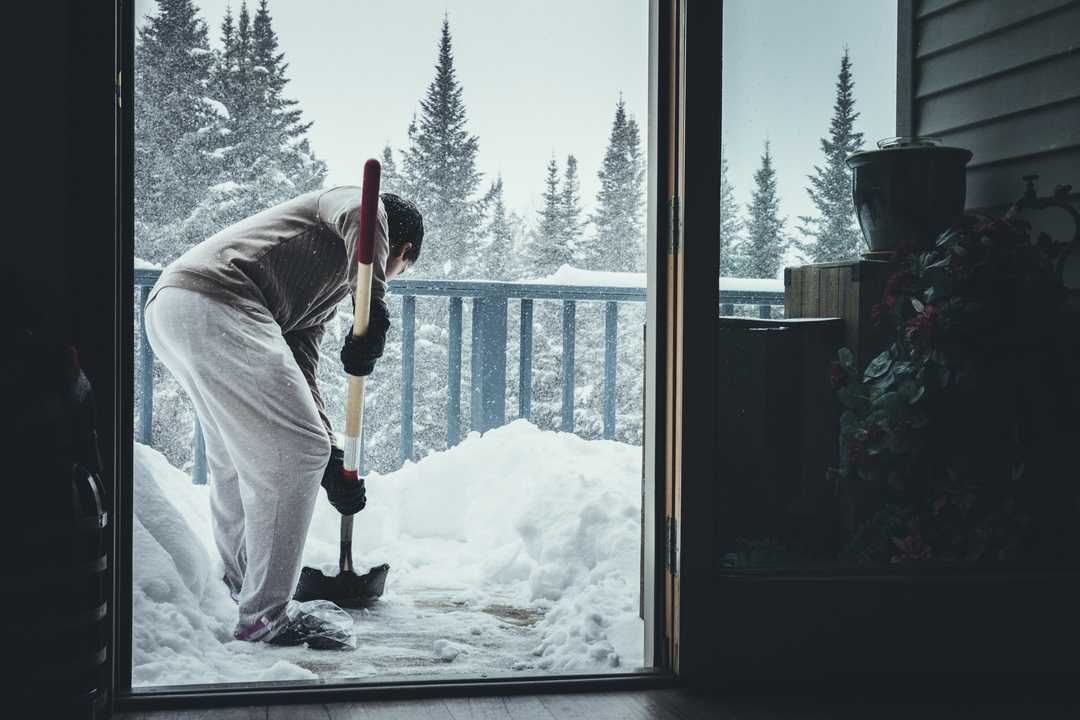What’s All the Buzz on LVT?
Learn why people are talking about LVT and LVP flooring, and if it’s right for you.
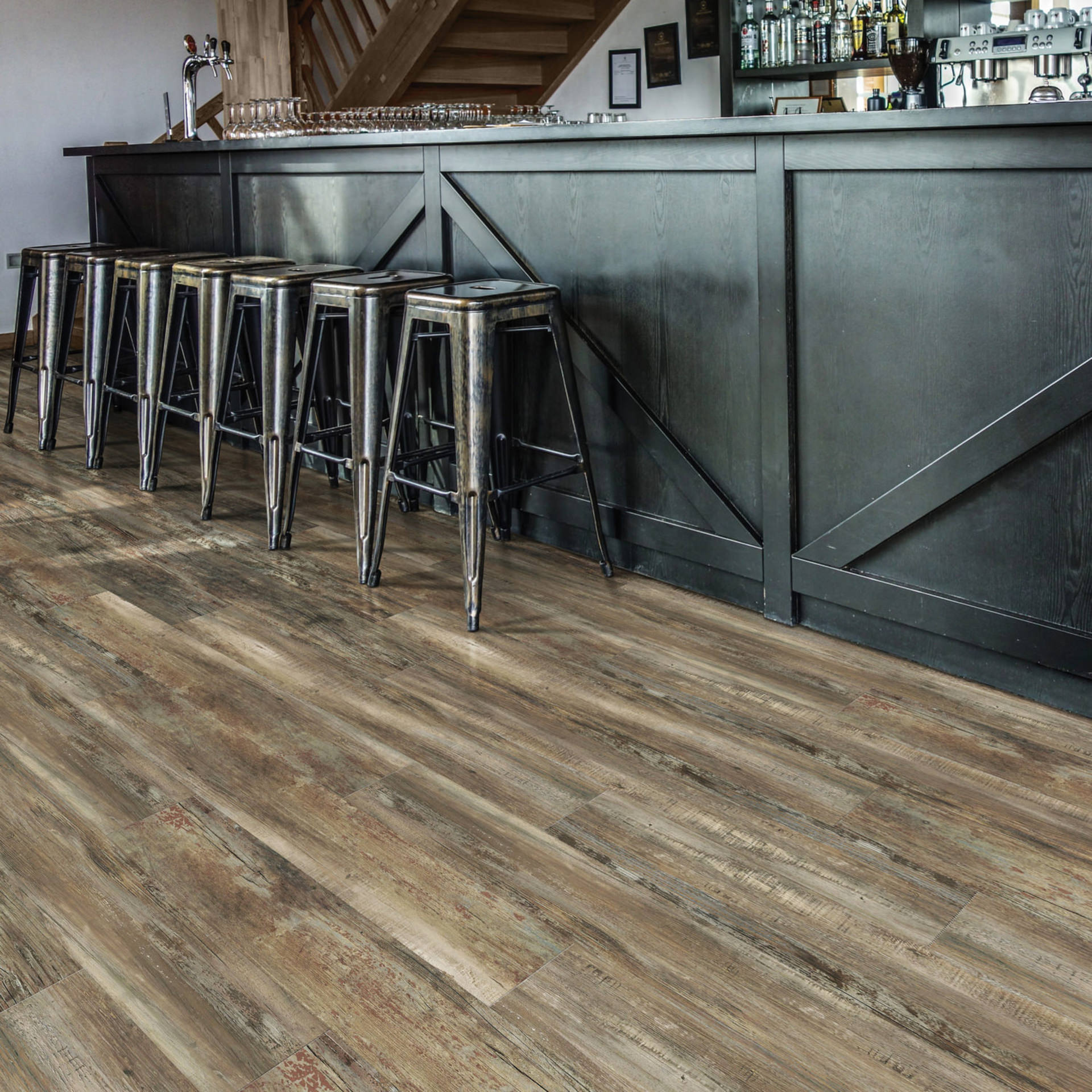
If you’re planning to install flooring, there are lots of choices these days. Hardwood is always beautiful, and ceramic and porcelain tile are popular for kitchens and bathrooms, but lately there’s been a lot of talk about LVT. Perhaps you’re wondering if it’s an option you should consider. Here are the facts about LVT and how it compares with other types of floors.
What is LVT flooring?
LVT stands for luxury vinyl tile. This isn’t yesteryear’s ordinary vinyl. Modern luxury vinyl flooring is sturdy, durable and moisture resistant. It’s easy to install and requires little maintenance. The best-made product comes in a variety of great-looking designs that are hard to distinguish from ceramic tile.
What’s so special about today’s luxury vinyl? For one thing, there’s its construction. Contemporary luxury vinyl may be made up of five layers:
- A polyurethane coat
- The wear layer, consisting of a clear protective coating
- The print film layer, containing the tile’s pattern
- The vinyl core
- The backing
Sometimes the wear layer is strengthened with aluminum oxide or ceramic beads. Because the LVT design is in a protected layer, the pattern of a good LVT will not weaken or rub off with foot traffic. LVT is hard to damage, resistant to spills and stains, and never requires waxing or polishing. LVT flooring cost is often a welcome surprise to folks who’ve been looking at more expensive options.
However, there’s a lot of LVT on the market, and there can be problems with luxury vinyl tile that’s lower quality. These include scuffing, white marks, inconsistency in pattern, and shrinking or separation of the layers. Be sure you get a sound product from a reputable manufacturer.
How is LVP different from LVT?
LVP stands for luxury vinyl plank. LVP typically looks like wood, usually with long and narrow pieces. LVT tends to come in shorter pieces, closer to the size of ceramic tile, and it’s often designed to look like stone, granite or concrete. The construction of both types of luxury vinyl is similar.
How does LVT compare with laminate?
Unlike LVT, laminate flooring has a wood composite layer. It has four layers: the wear layer, the design layer with the pattern, the core layer of wood and resin, and the backing. To compare the two:
- Laminate flooring is floating, unattached to what’s underneath, while LVT may be glued.
- Because it’s floating and contains wood, laminate has a different feel. It tends to be quieter, softer and more comfortable.
- LVT is more moisture resistant and is a better choice for kitchens and bathrooms. For the same reason, it’s preferred by homeowners with pets.
- LVT can be wet cleaned, which is trickier with laminate, because you can’t let it remain damp.
- Durability is similar, but laminate may require more careful care along the way.
- Both are less expensive than ceramic or wood flooring and are easier to install.
- Which looks better? Examine some samples and decide for yourself! There are great designs available with both choices.
Luxury Vinyl vs. Hardwood Flooring
Some people just have to have real natural wood, and there’s still nothing quite like it. However, the gap between the look of hardwood and the look of luxury vinyl is narrowing. Some people can tell the difference, but with the higher quality vinyls it’s not always easy.
Wood is beautiful, durable and stable. Still, it does have some drawbacks. It can be damaged by water, and you have to be conscientious about wiping up spills. It’s most suitable for non-moist, low-traffic rooms. It requires maintenance. You have to sweep diligently, regularly use a cleaner and refinish it every few years. The installed cost may be 4-5 times that of luxury vinyl. But for people in love with the timeless character of genuine wood, the work and expense may be worth it.
LVT vs. Ceramic Tile
Ceramic tile is harder than luxury vinyl. Once it’s in place, it’s not going anywhere and there’s not much limit on how long it can last. As long as it doesn’t crack, that is.
LVT has more flex. It has a softer and warmer feel and is less likely to be damaged if you drop a heavy object on it. Also, ceramic tile that’s poorly installed can be subject to cracking.
Ceramic tile normally lasts longer. LVT wears after 10-20 years, while most ceramic just keeps on going. However, if you want to change your look, that’s a lot easier with LVT. It’s no problem to tear out the old, and the new can be easily installed by a professional or a good DIYer. The cost of both the product and the installation are significantly less with luxury vinyl.
Ceramic has some status appeal and is more likely to increase a home’s resale value. Some people find ceramic designs more artistic, but that gap is narrowing as vinyl technology continues to improve.
ls luxury vinyl tile flooring right for me?
It may be. It’s practical, inexpensive and easy to install. The best LVT floors are available in a variety of a styles and patterns that rival the beauty of more expensive surfaces. When you shop for your next floor, take a good look at LVT flooring to see how it stacks up against the other choices.
